I have to agree with Ratty, “There’s nothing––absolutely nothing––half so much worth doing as messing about in boats.” (‘Wind in the Willows,’ Kenneth Graham) And it was a glorious long weekend after 34 mm of rain to be doing it.
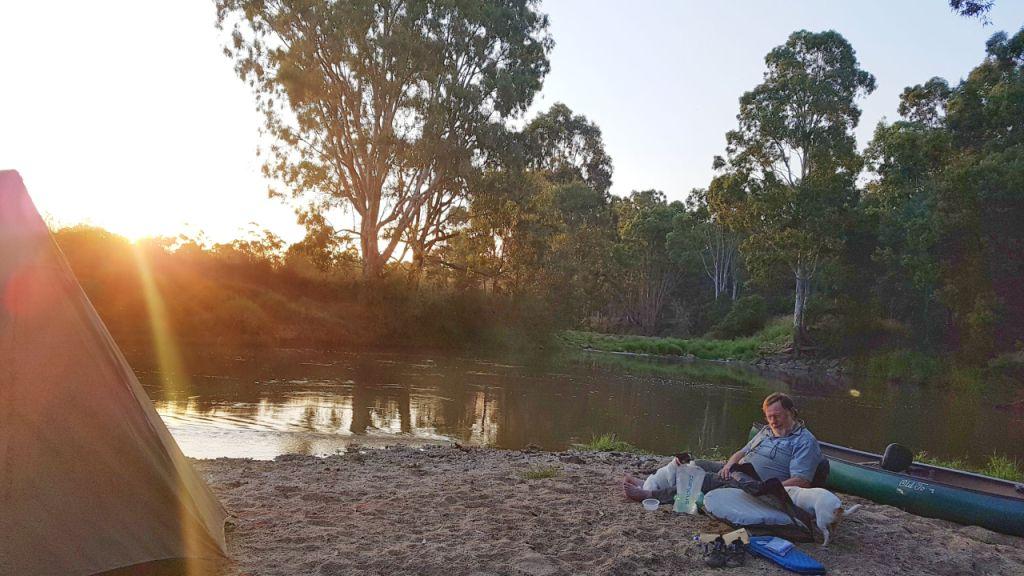
We had intended to head up to Eaglevale for a splendid voyage on our favourite stream, the Wonnangatta – but the roads there are currently closed because of the Gippsland bushfires, so we went off to Rosedale instead and a three day voyage from there to the amazing Swing Bridge in Sale.
We had done a two day trip from Crooks Lane, Kilmany South to Sale last autumn so we were keen to add another day to it. Let me tell you that day from Rosedale to Crooks Lane is a splendid one-day canoe trip. We were astonished how beautiful and serene the red gum forest that fringes the river is. BTW: It is roughly 20 km from Rosedale to Crooks Lane and 40 km from there to Sale – a total journey of approx 60 km.
I will spend much of this post on that first day as I have already covered the last two days in that previous post, but I do have some new snaps to add – and a few observations, so there will be something about the second section from Crooks Lane onwards too.
Last time we canoed this river at a gauge height of .95 on the Rosedale gauge. This time it was 1.04 when we put in from ‘The Willows’ adjacent to the Rosedale bridge on the main highway, but it was rising. It peaked there at about 1.25 and fell again to about 1.07 by the time we had finished, so mostly we were probably enjoying the equivalent of 1.15 metres or thereabouts.
At this height it is really getting along – faster than you could normally walk along the banks. As I have said before, I think it would be canoeable anywhere up from about .75 but it is definitely better at the heights we did it – and of course it is much quicker with more water. It is abut five hours paddling (at say 1.00 metres) from Rosedale to Crooks Lane then two more five hour day paddles to the Swing Bridge in Sale. NB Do leave your car well upstream of the Swing Bridge – as near as possible to the Latrobe River Bridge as there are motor boats at the swing bridge which might overturn you!
BTW: The West Gippsland Catchment Management Authority releases ‘Water for the Environment’ from time to time into the Latrobe. These can put the height up significantly (usually to a perfect canoeing height). These releases into the Latrobe and Tanjil Rivers usually occur in April (I have told them March would be better for canoeists – maybe you should too!)
Warning Death Hazard: River Management sometimes dump huge piles of rocks usually to divert the river from flowing into billabongs or ox-bows except during floods. However just after you pass the Railway Bridge (about two hours out of Rosedale) they have instead dammed the main course and diverted the river into an ox-bow which is narrow, steep sided and filled with logs. It is very dangerous and could easily kill someone.
When you come to this rock diversion across the river, stop and portage the 15 metres over it. We did not and were caught up in a dangerous log-jam which we were only able to climb out of with difficulty then had to drag ourselves, our gear and the boats several hundred yards back to the junction on a very hot day (and with this back and knee)! So be warned.
The cover photo shows this diversion and the second junction of the billabong behind me in the sunset. It looks very romantic, but it exhausted us – why we camped where we did. Still, it was a beautiful camp. Every cloud has a silver lining.
Warning 2: Bring a Water Filter. As you can see the river is pretty muddy, typical of Australia’s slow flowing flat water rivers. Unless you actually don’t mind drinking muddy waters we recommend you bring a water filter. We always use the Sawyer Mini when hiking – and this lightweight hack to back-flush it. It does take quite a while (and effort) to filter two litres of water though, so you might bring a fair supply with you when you set out, or a larger filter. It is a good idea to pre-filter the water as this post explains Trouble with Water Filters
Camping out: There are hundreds of excellent spots for camping along the river – but not in the last two hours where you can’t exit the boat. Wherever the bank shelves on a bend (there will usually be a sandbar) if you walk up the 2-3 metres, the top of the bank is usually quite flat and grassy. There are plenty of sticks for tent poles under the gums which sometimes stretch for hundreds of metres back from the river. There is no need when canoeing to light a fire. There is lots of long grass, home and fodder for a myriad of creatures, so if you do feel the need, light it on a sandbar close to the water where you can easily put it out.
But, ‘to begin at the beginning’…
Setting out
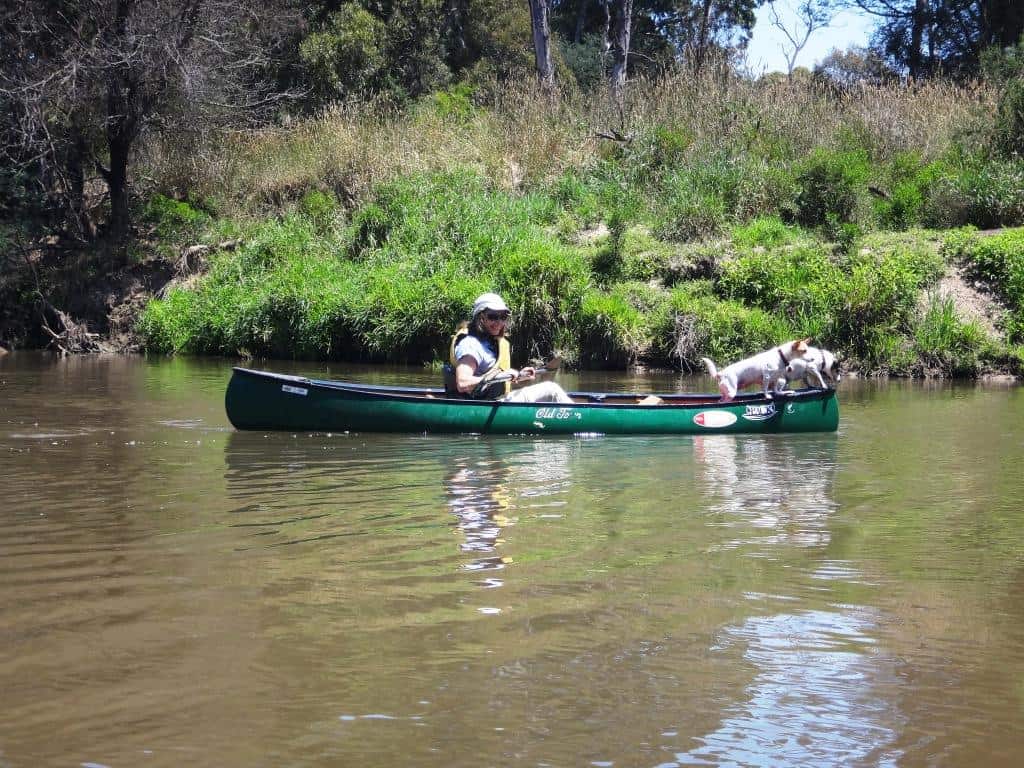
The river leads us on to a myriad of delights
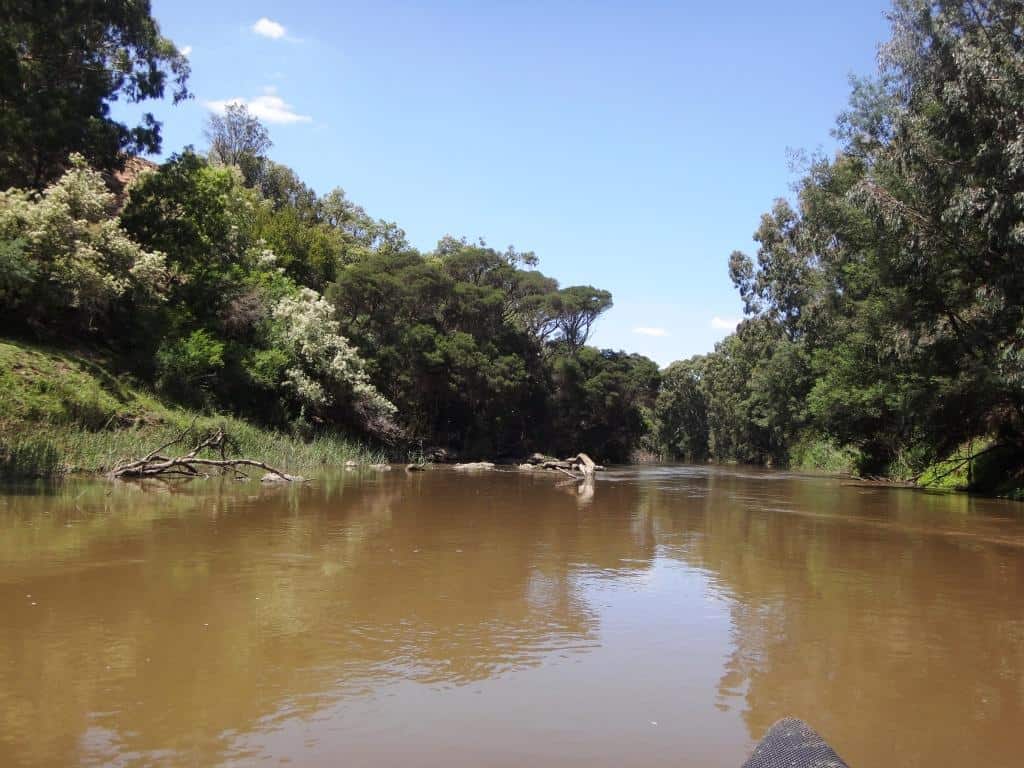
A blue crane stares his disapproval
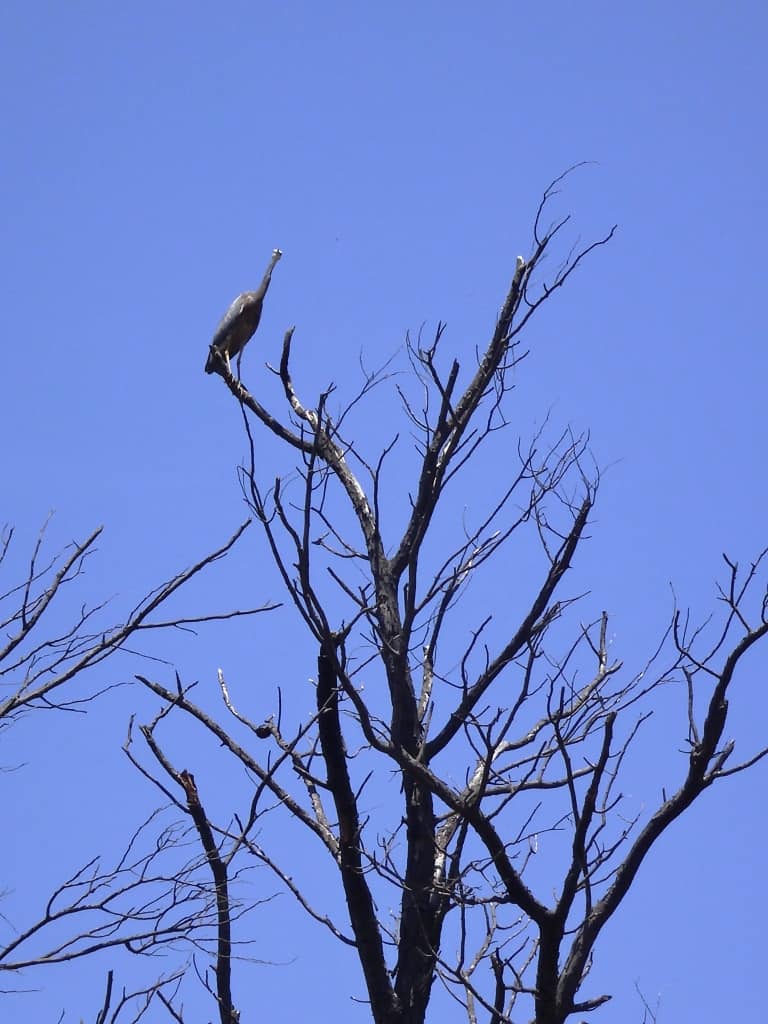
And a tiger snake squirms off up the bank.
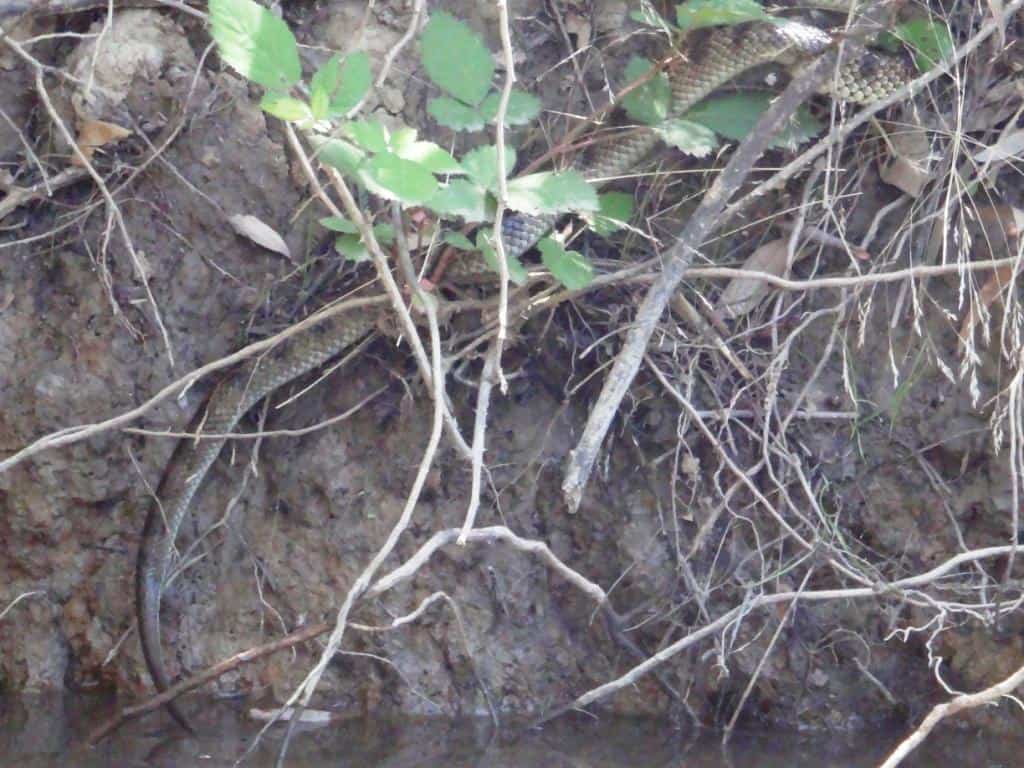
There were many magpie lark (pee-wit) nests overhanging the river
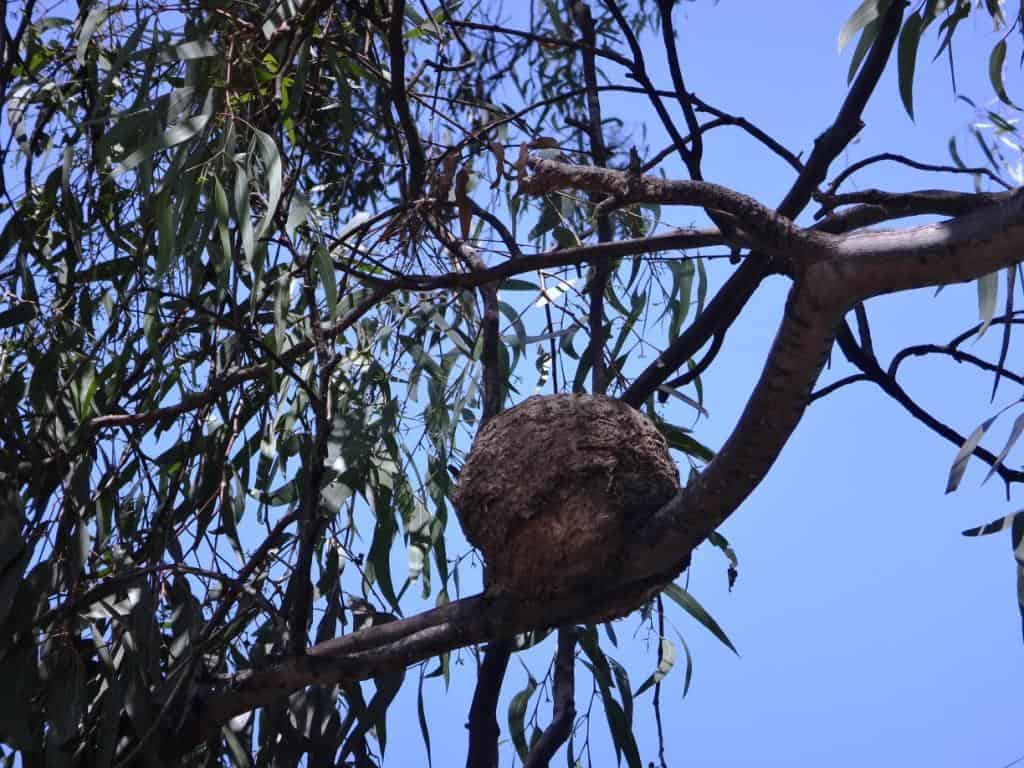
The dogs take turns riding in each boat, but mainly in mine because of Honey’s predilection for diving overboard. A true ‘sea-dog’.
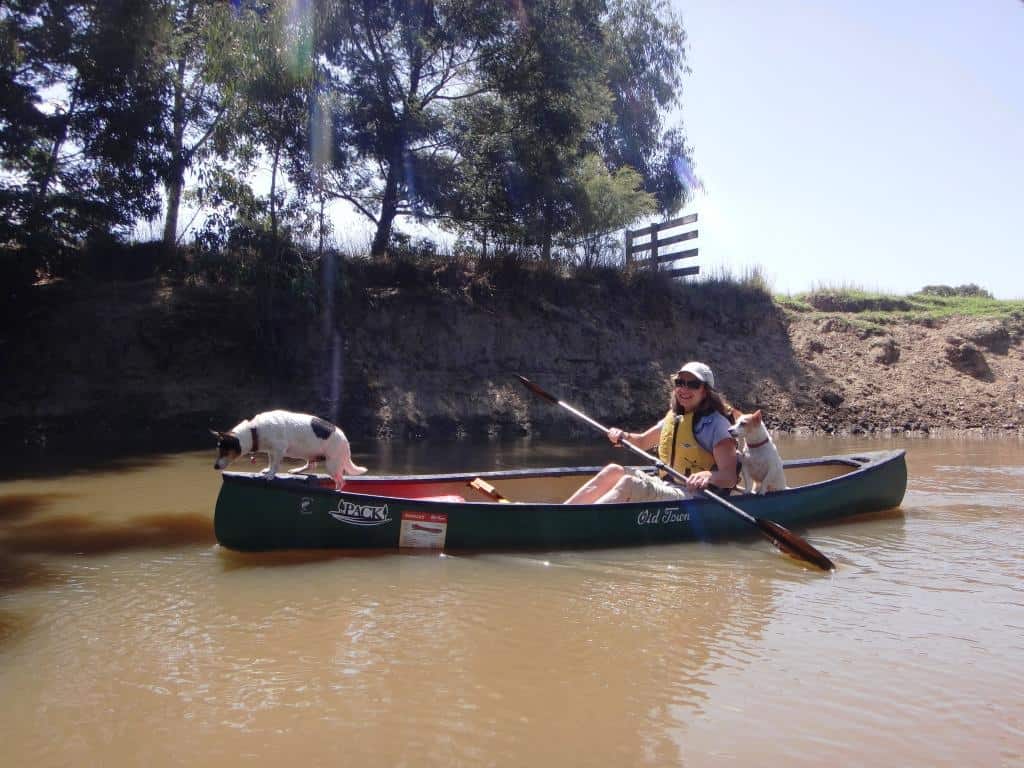
There she is ready to leap into the water.
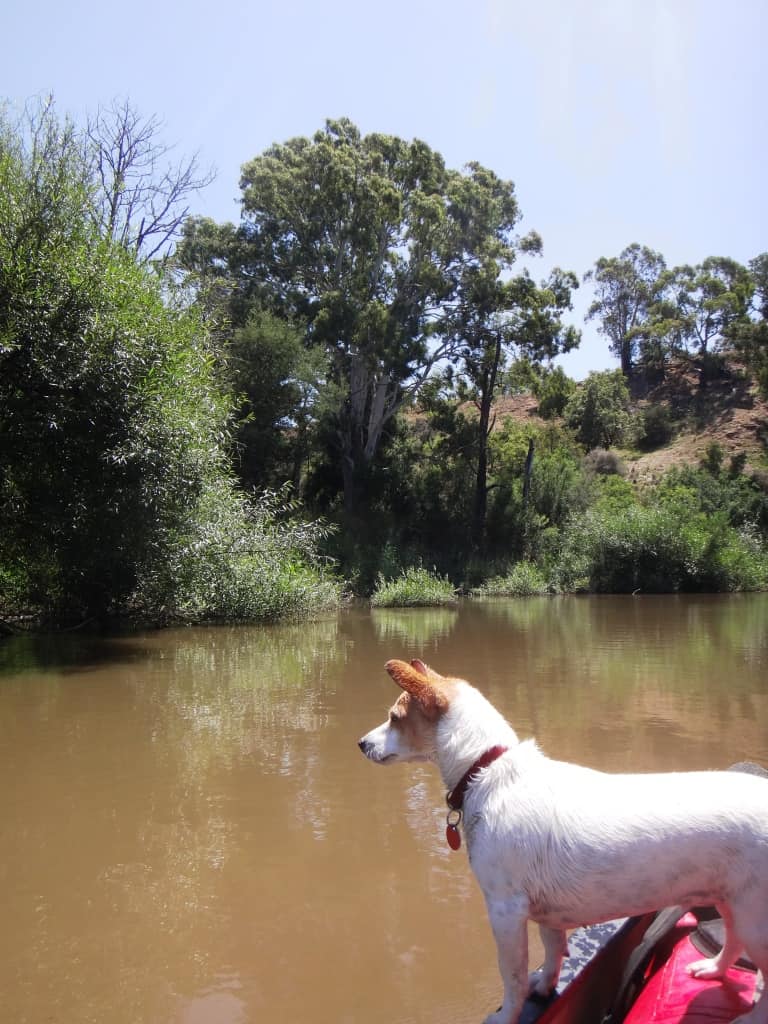
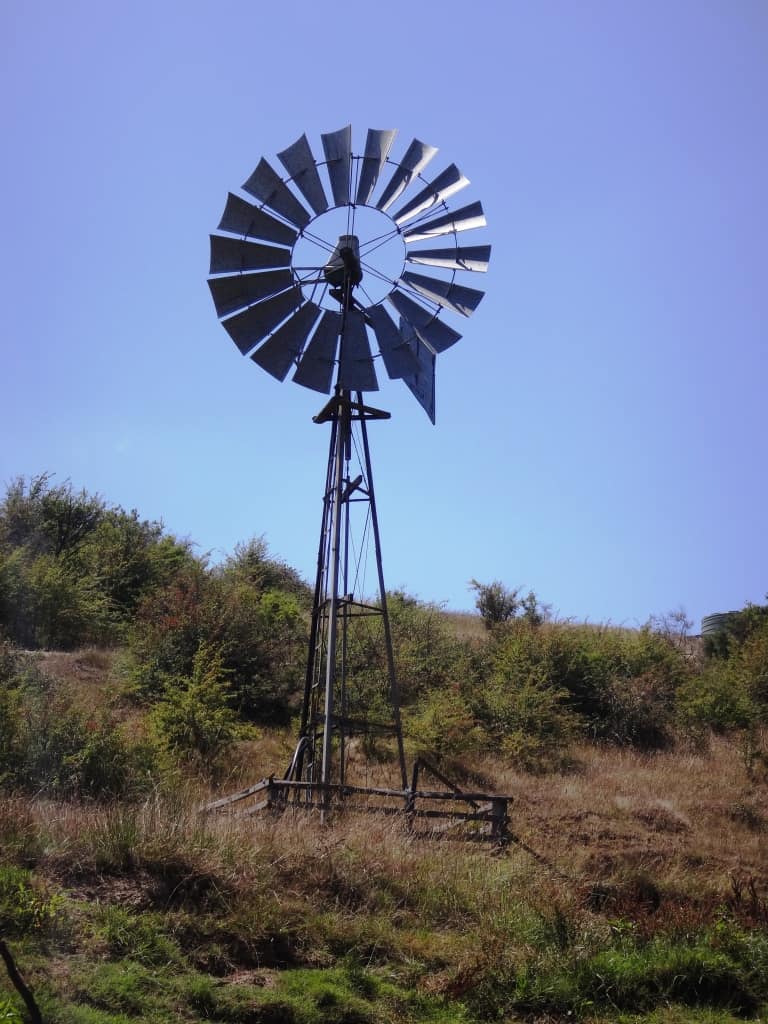
Many magnificent trees teeming with koalas.
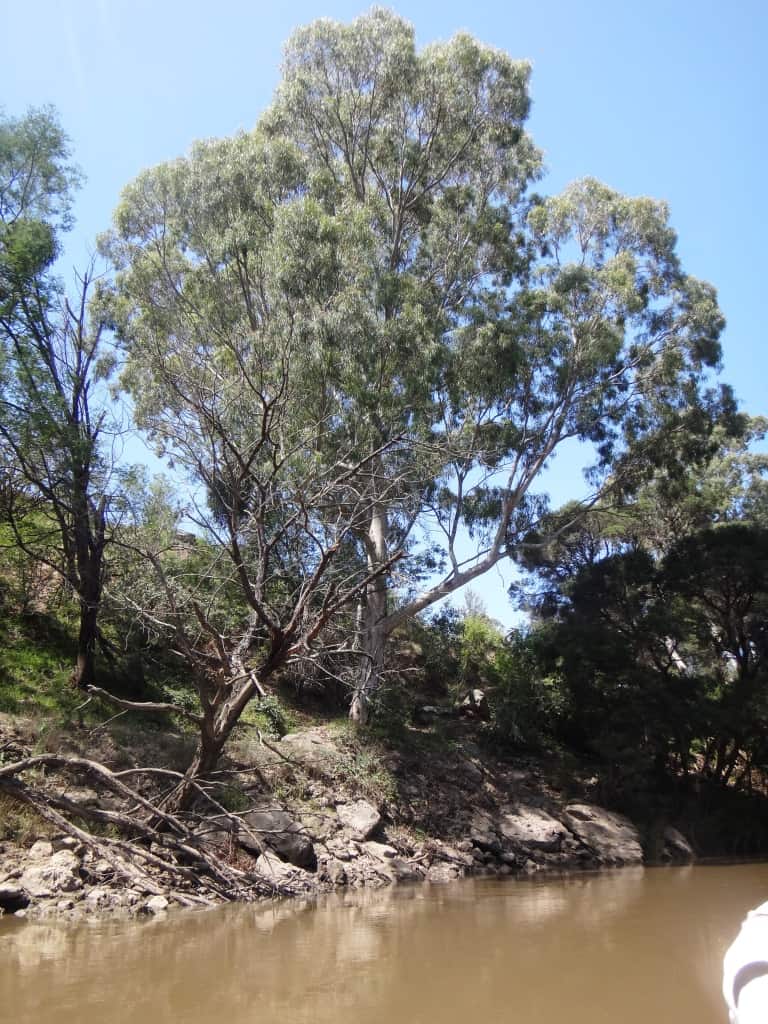
Convolvulus Tortuosa
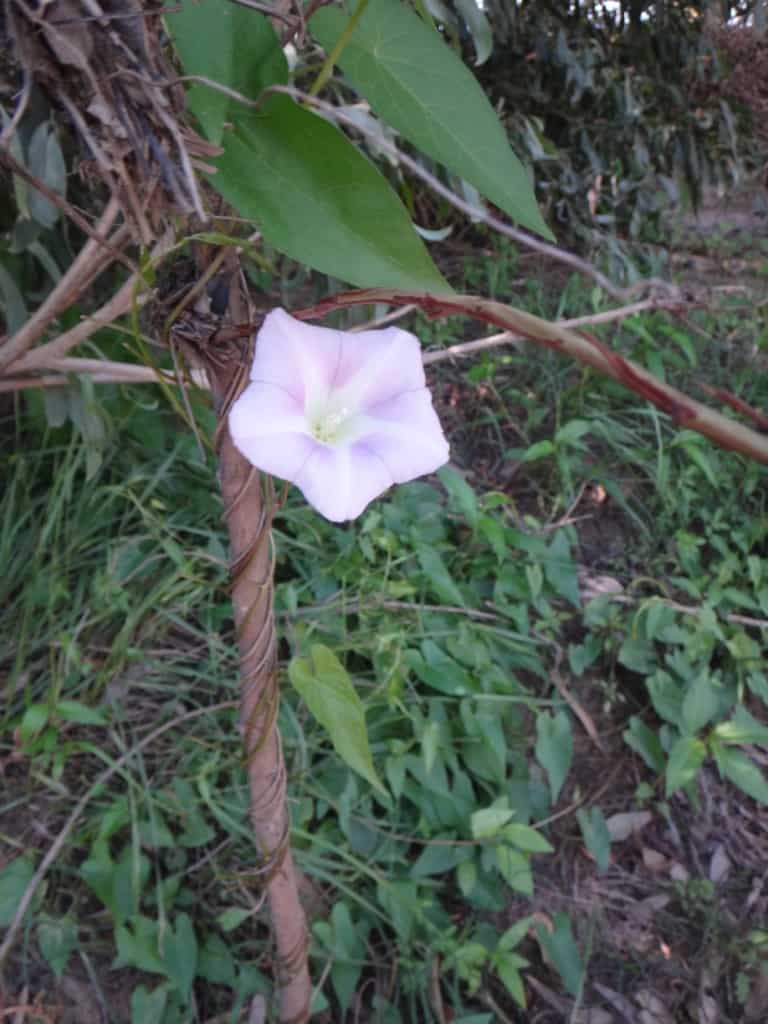
Beautiful railway bridges of Victoria.
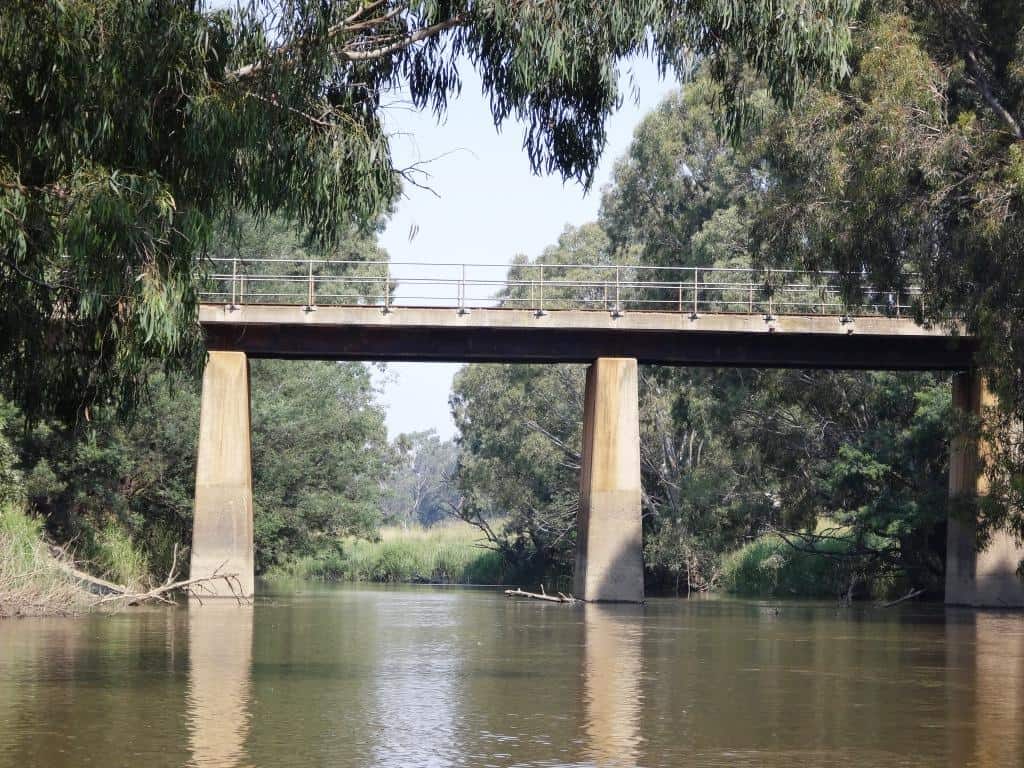
A pelican rising to greet the sun
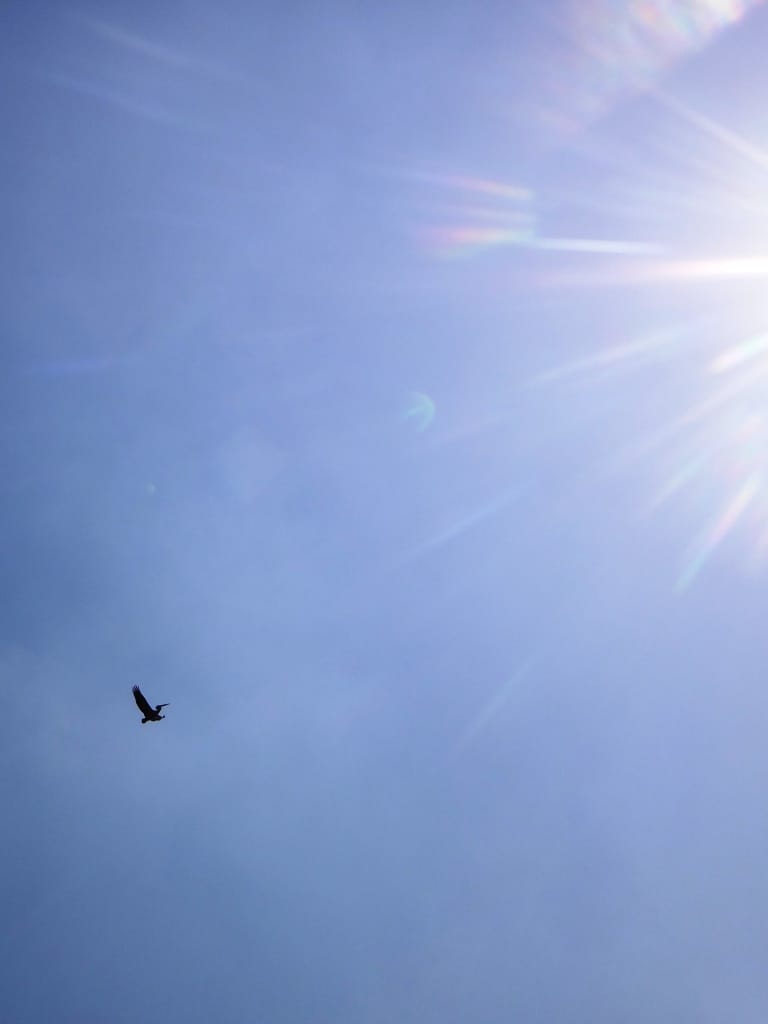
This is the channel you should not take.
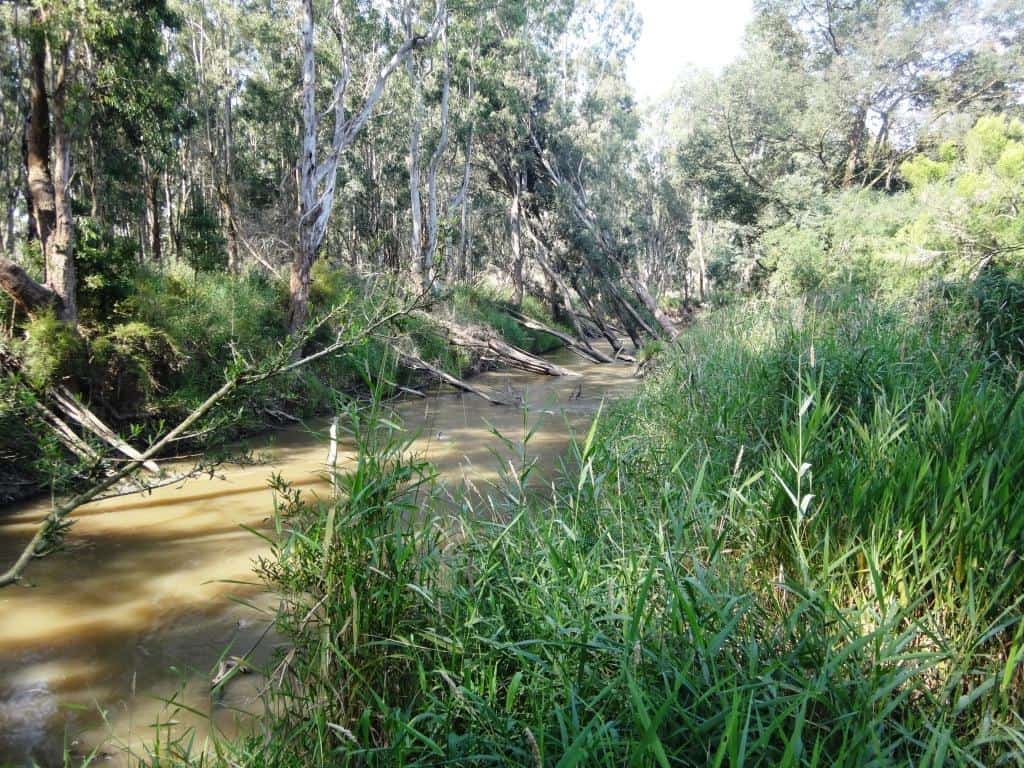
Lots of horrible tangles in it.
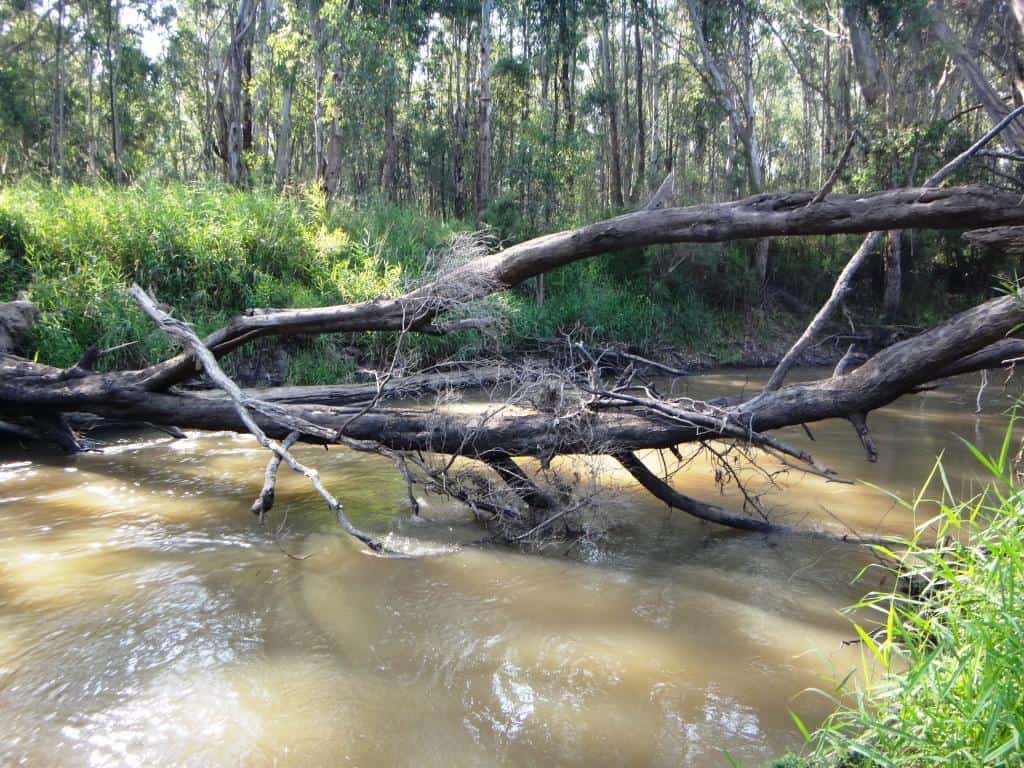
And a long exhausting portage through chest high vegetation like this if you chicken out. Looks romantic. was not!
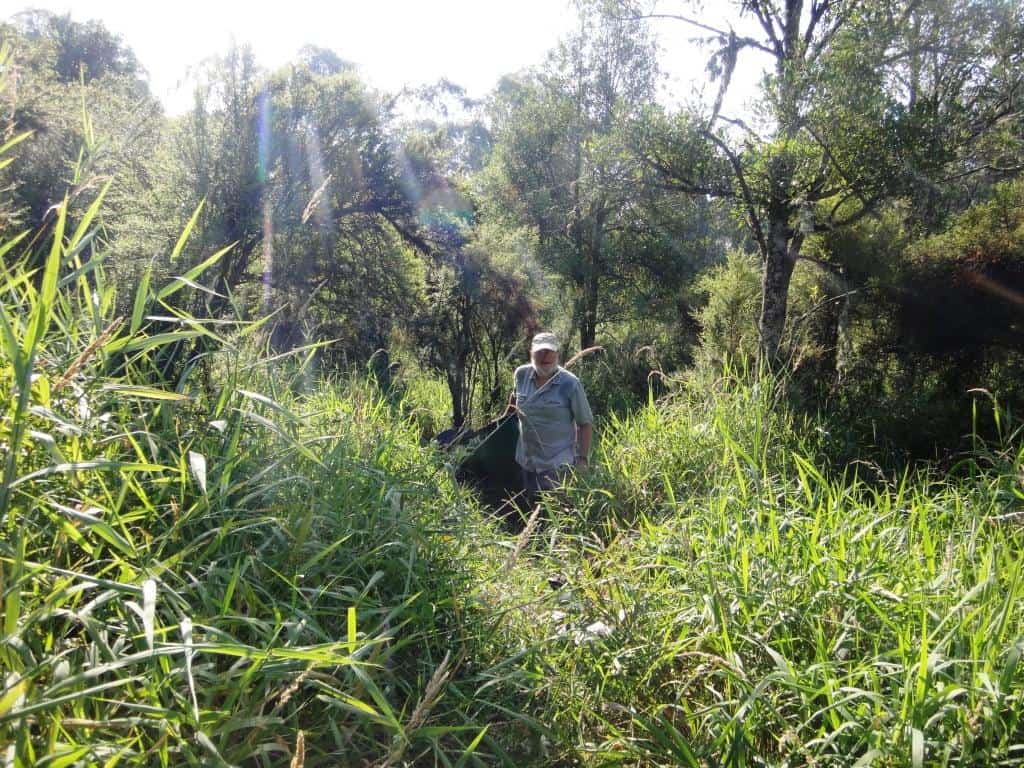
As I said before we were quite exhausted by this unwonted excursion so that we camped two hours early and made up the time over the following two days.
A beautiful sunset camp on a delightful sandbar though.
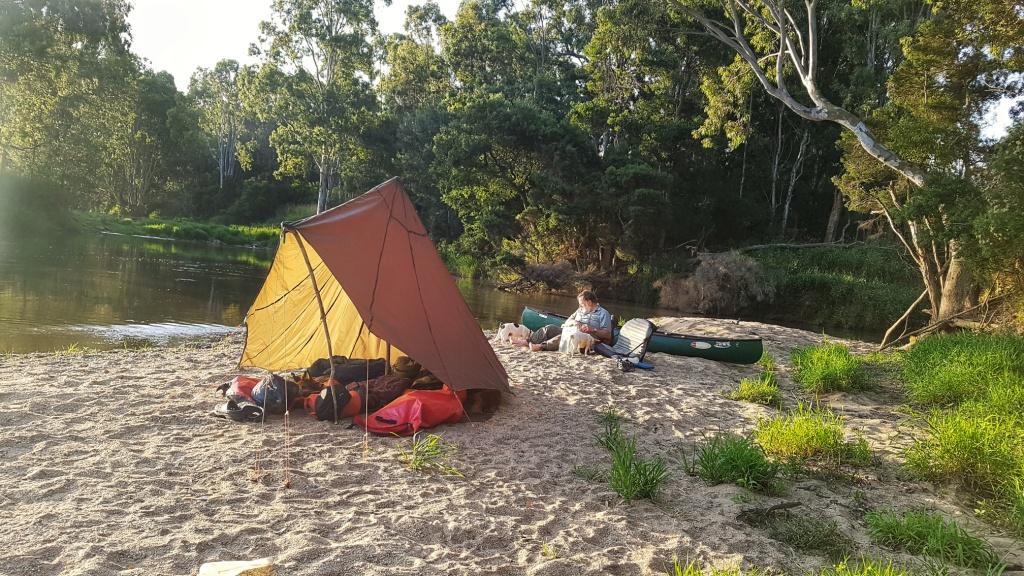
Just relaxing and watching the sun go down

A Latrobe River reflection
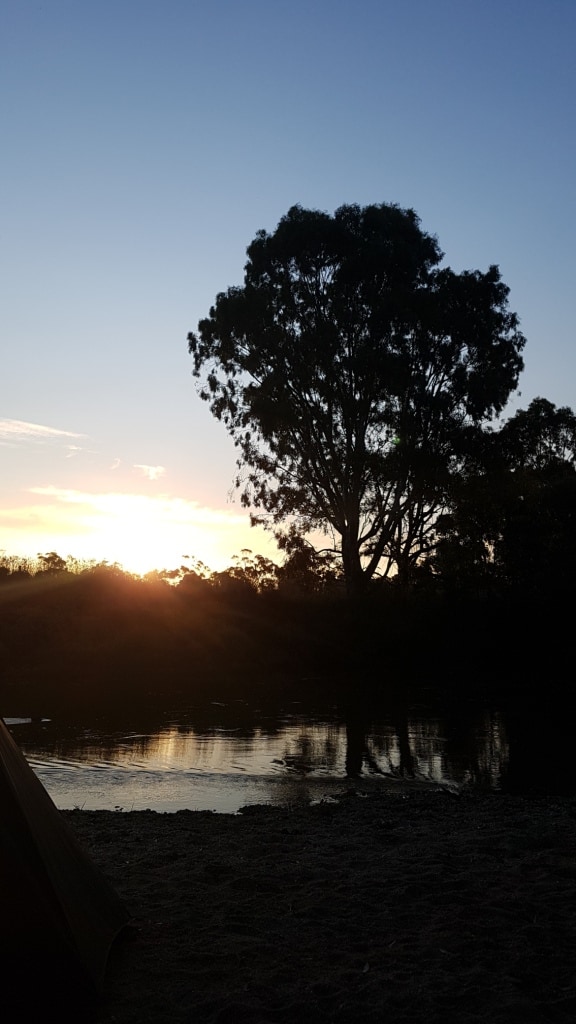
Pelicans at sunset
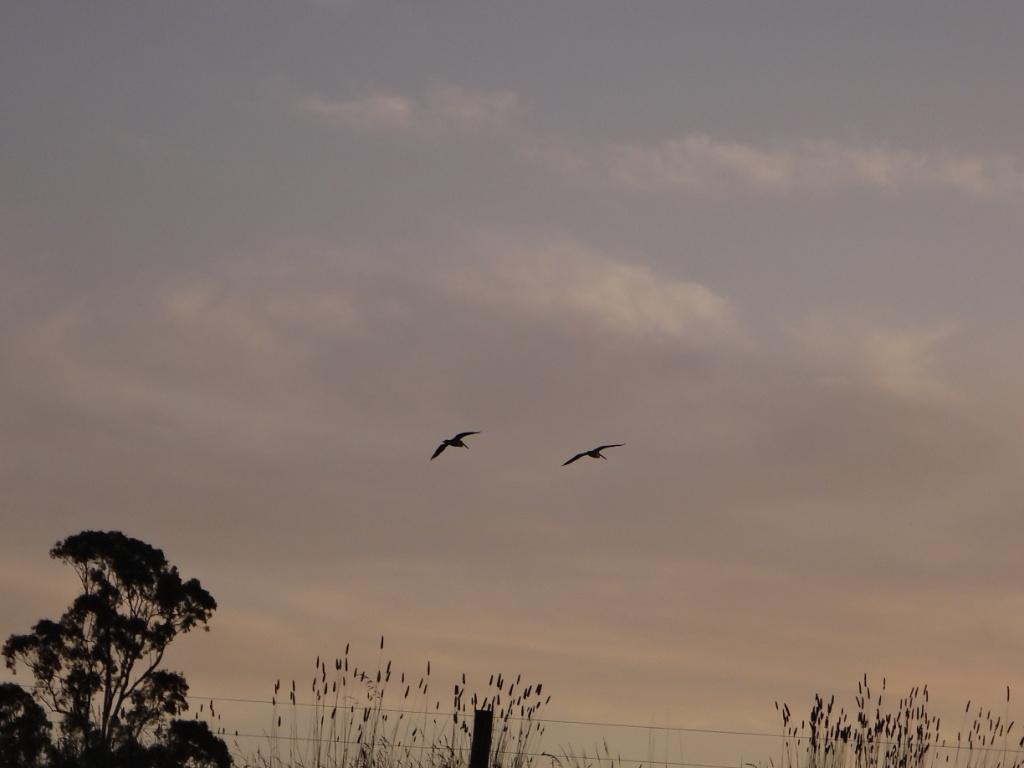
Day Two:
Off we go…
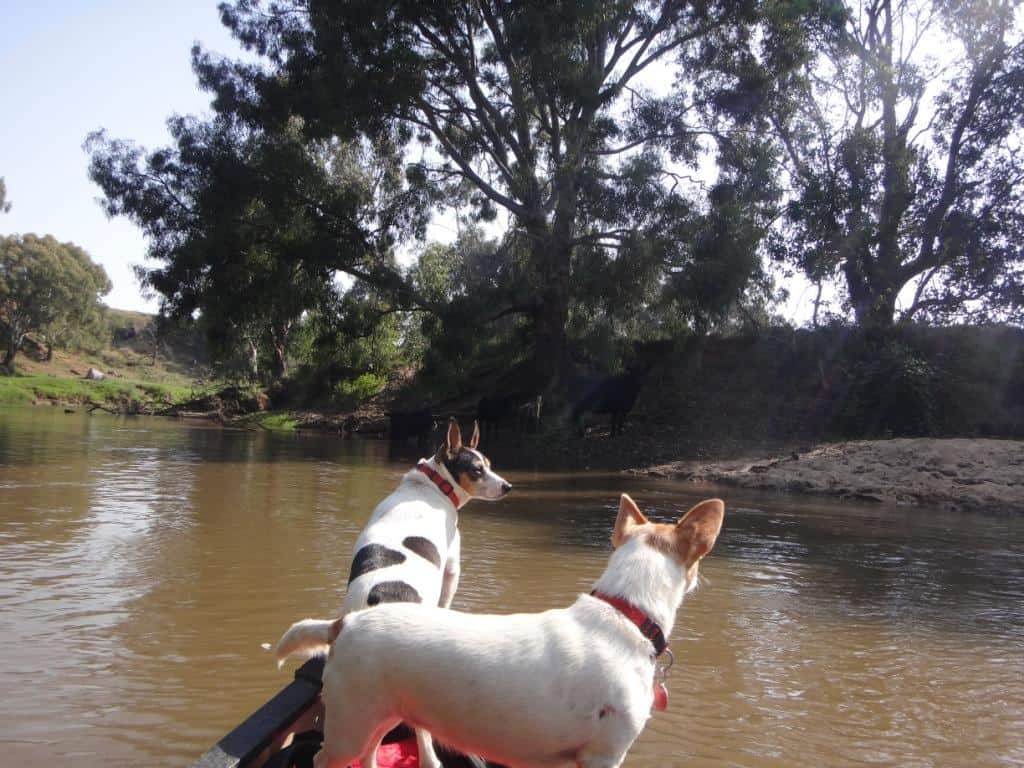
Many archetypical Australian images of cows grazing beneath the gums
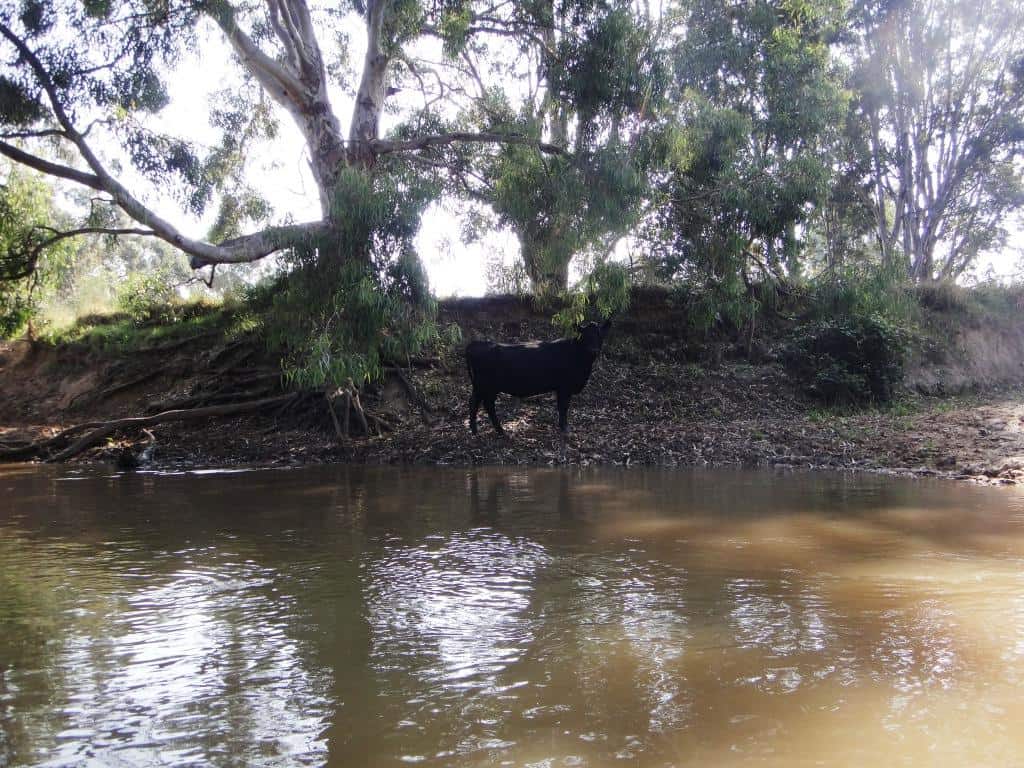
What’s that over there?
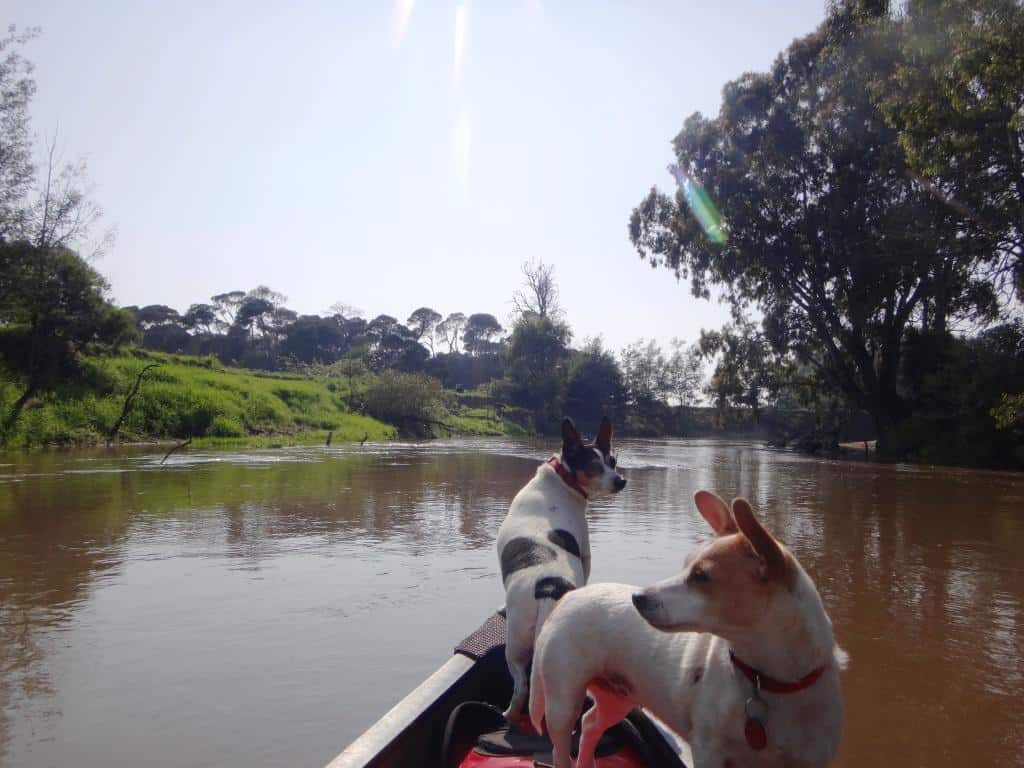
Why, an old billy goat.
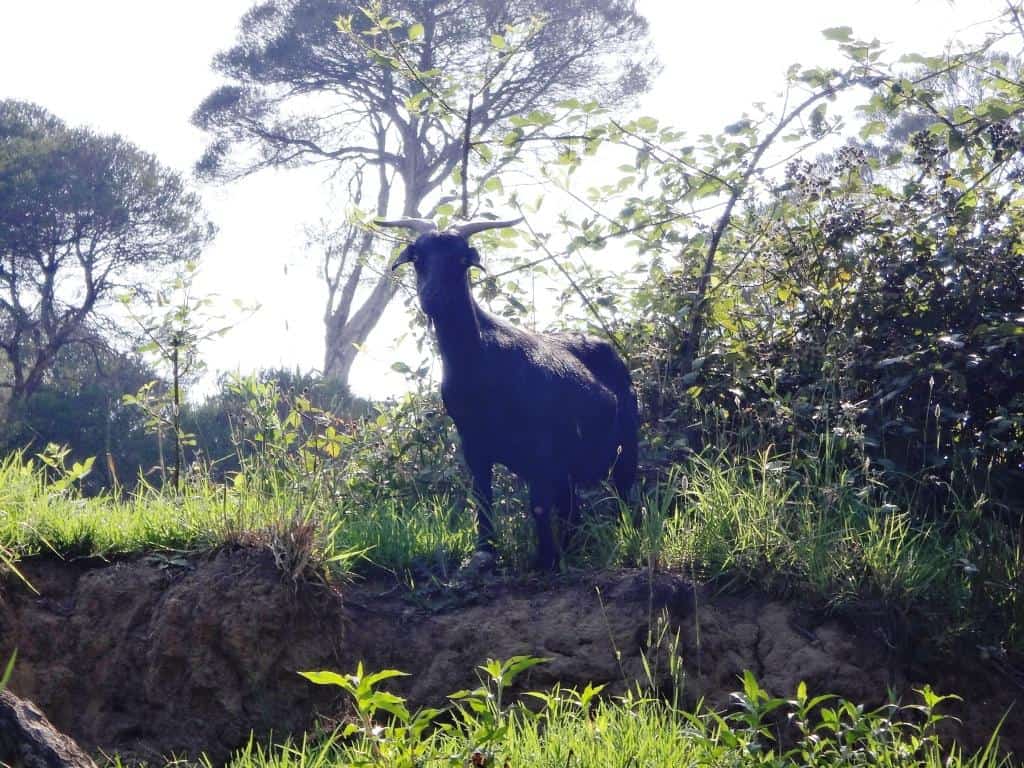
A black duck hurries away
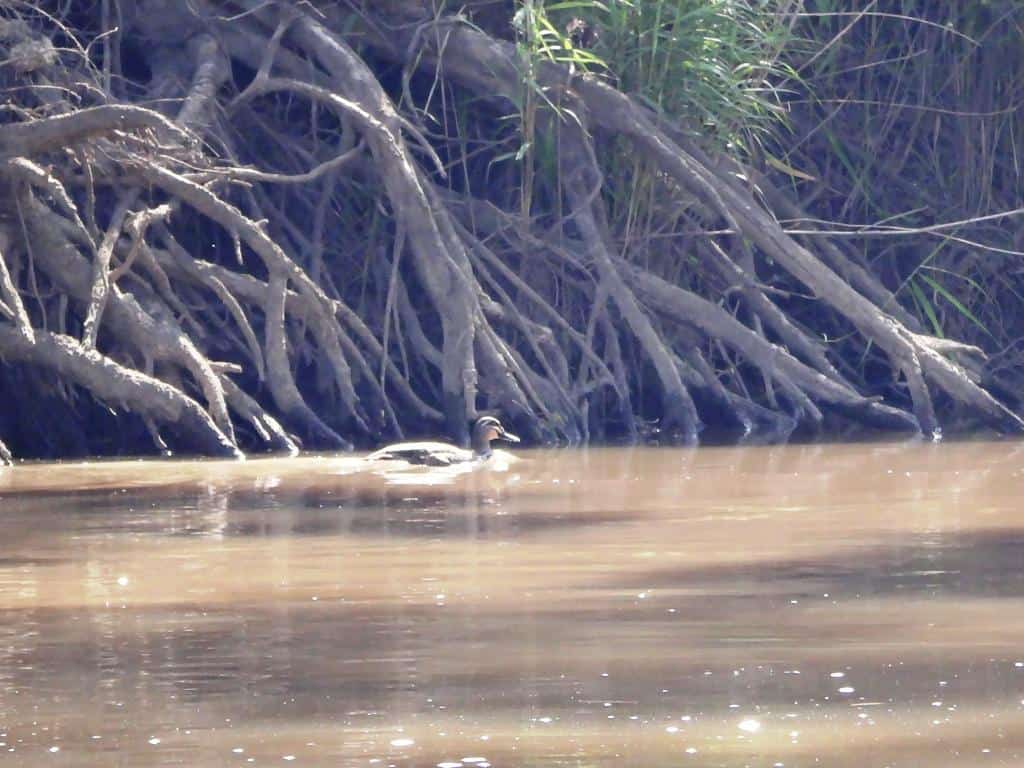
What a treasury of memories this old mansion must conceal. It is hard to imagine abandoning it like this. A renovator’s delight!
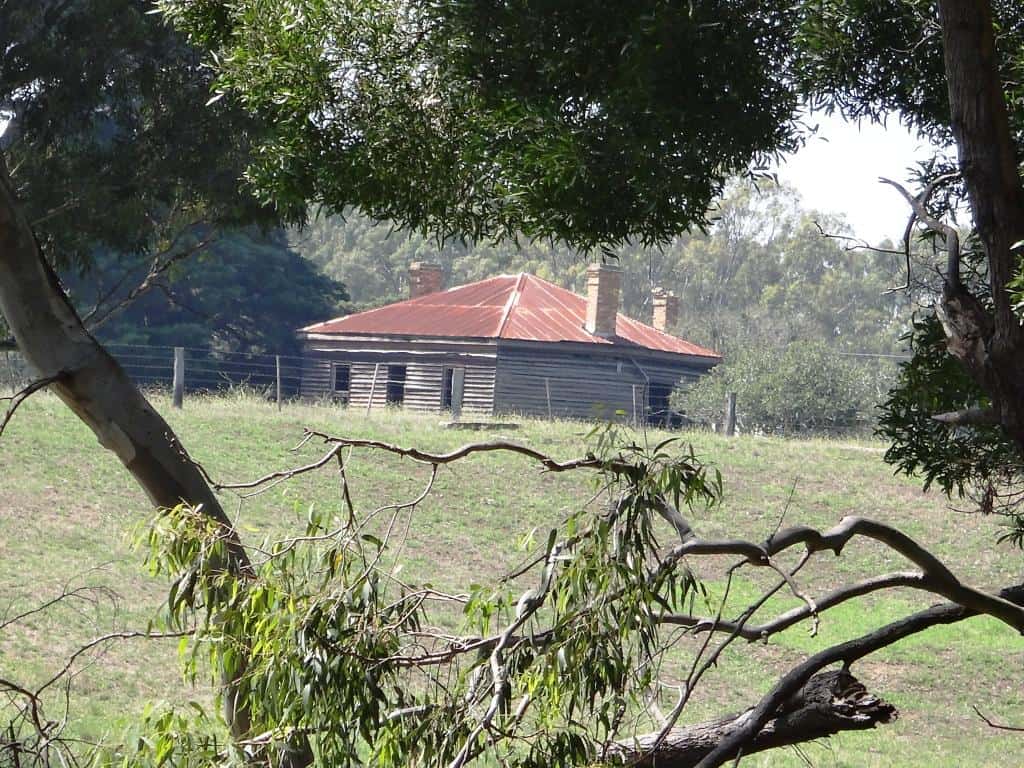
And its old shearing shed.
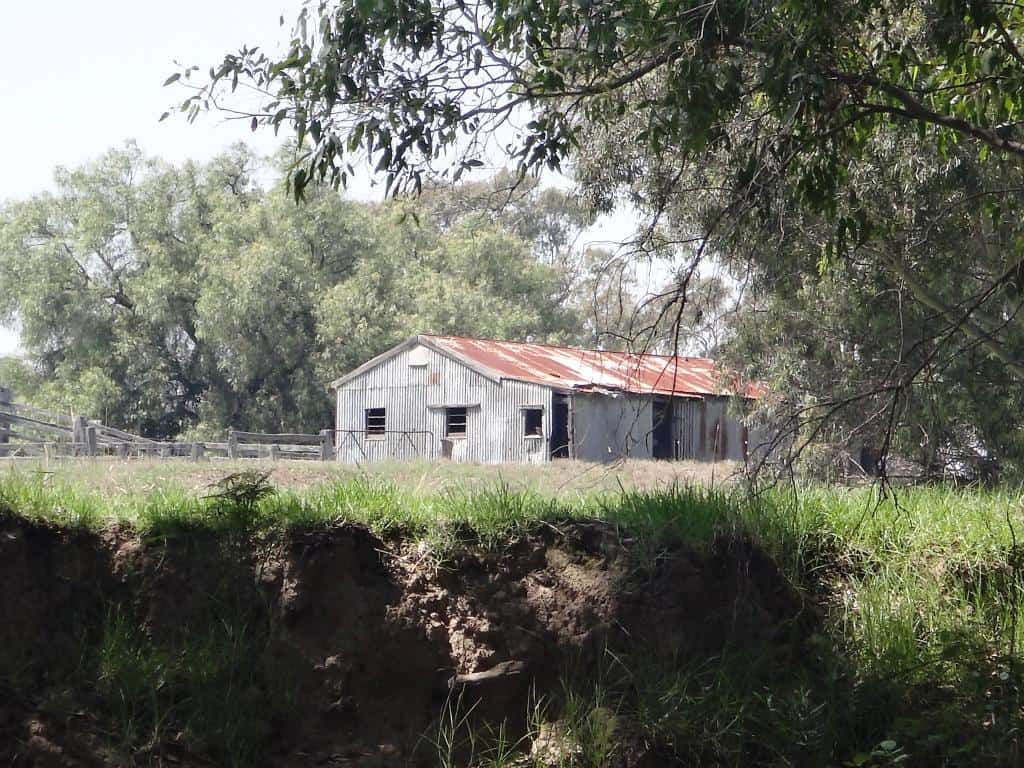
In the shade of the red gums.
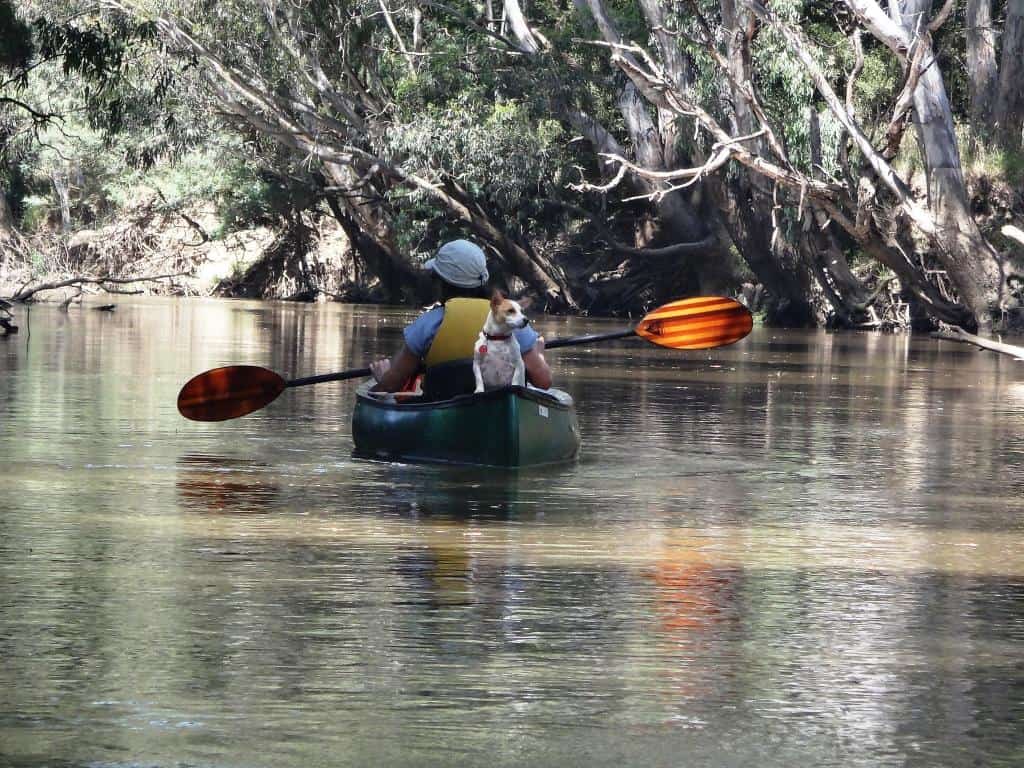
Lots of wood ducks
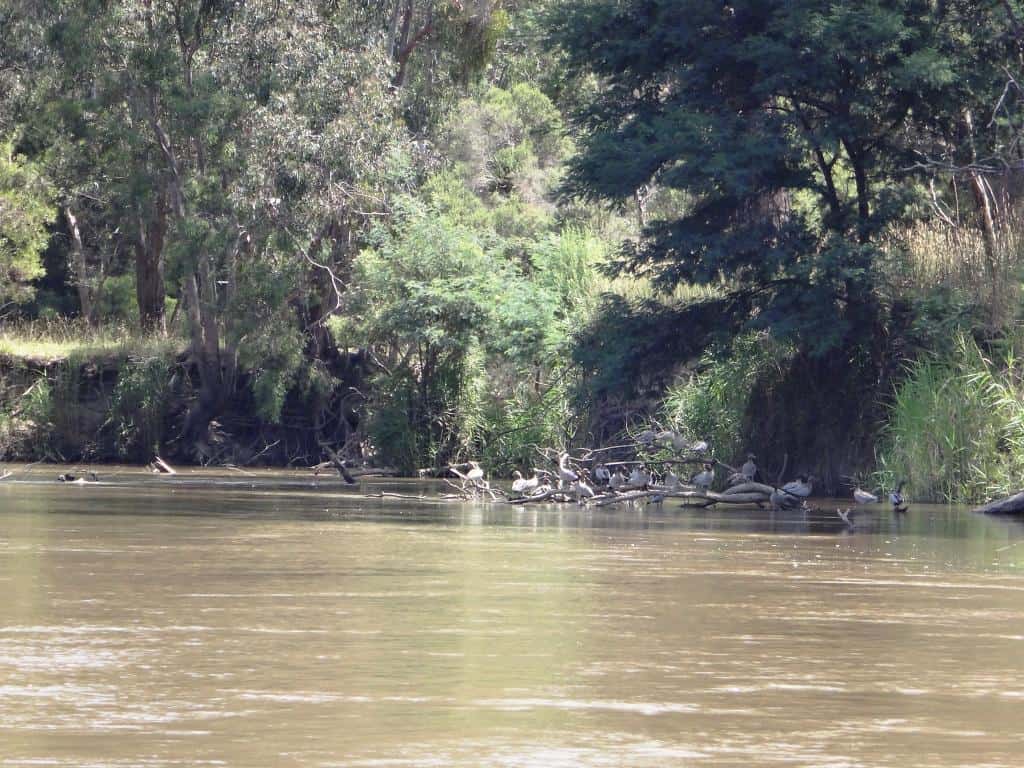
Explode into the air
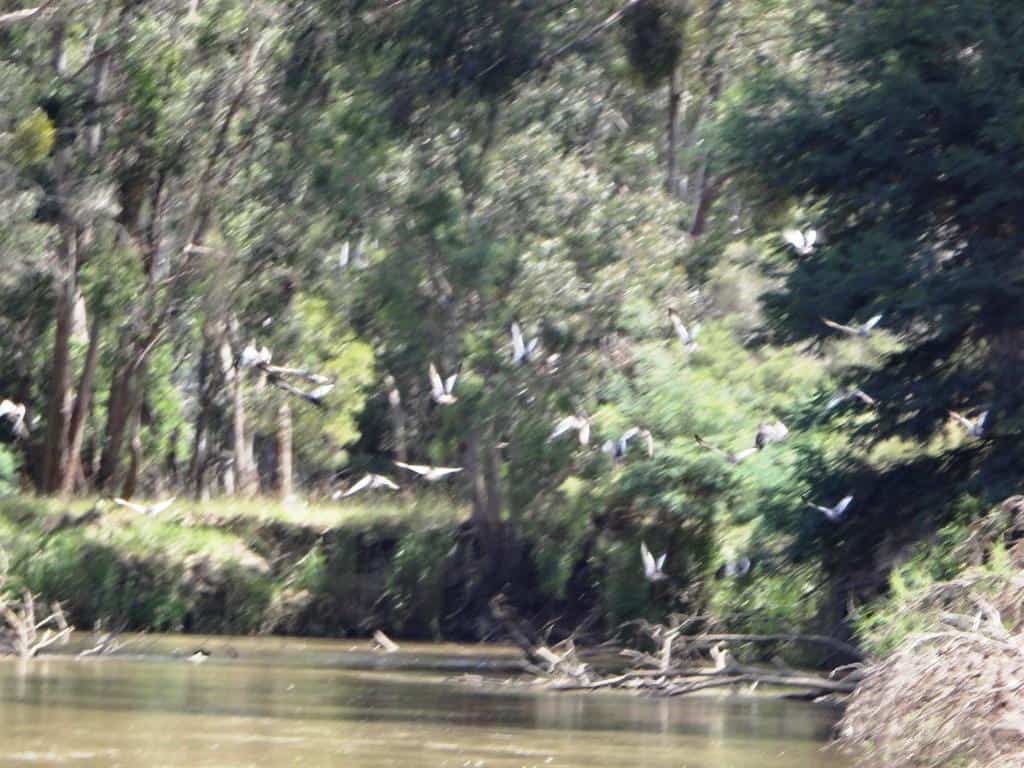
Another sunset camp
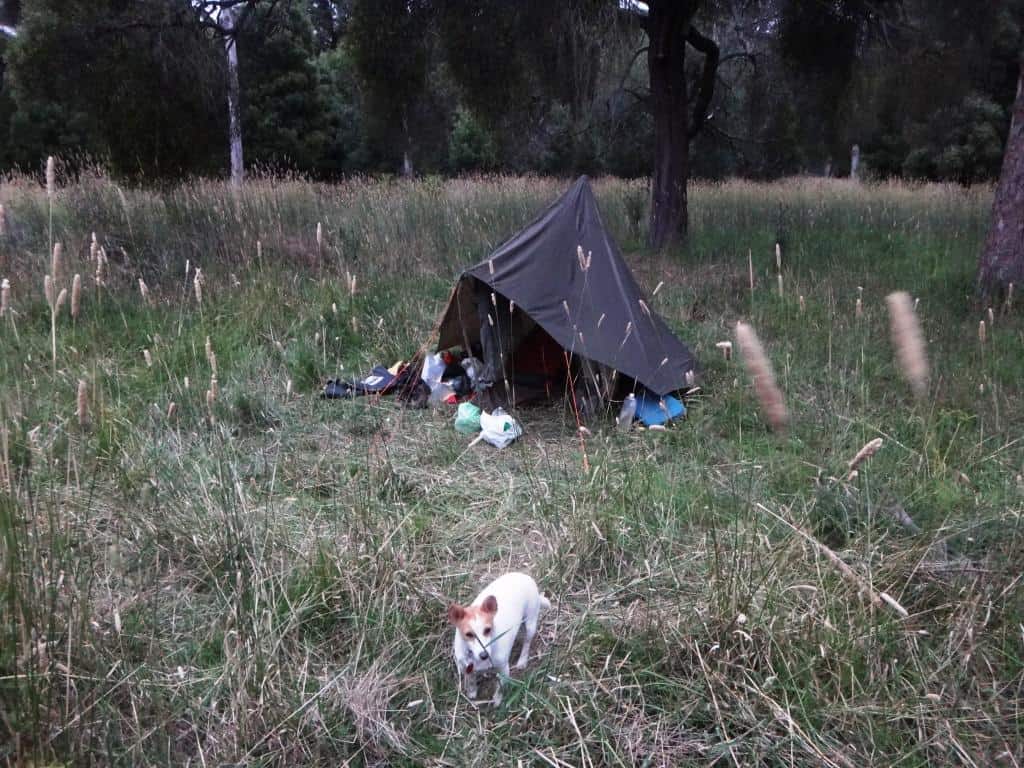
There were lots of these little guys along the river. Several ‘serenaded’ us as the day ended.
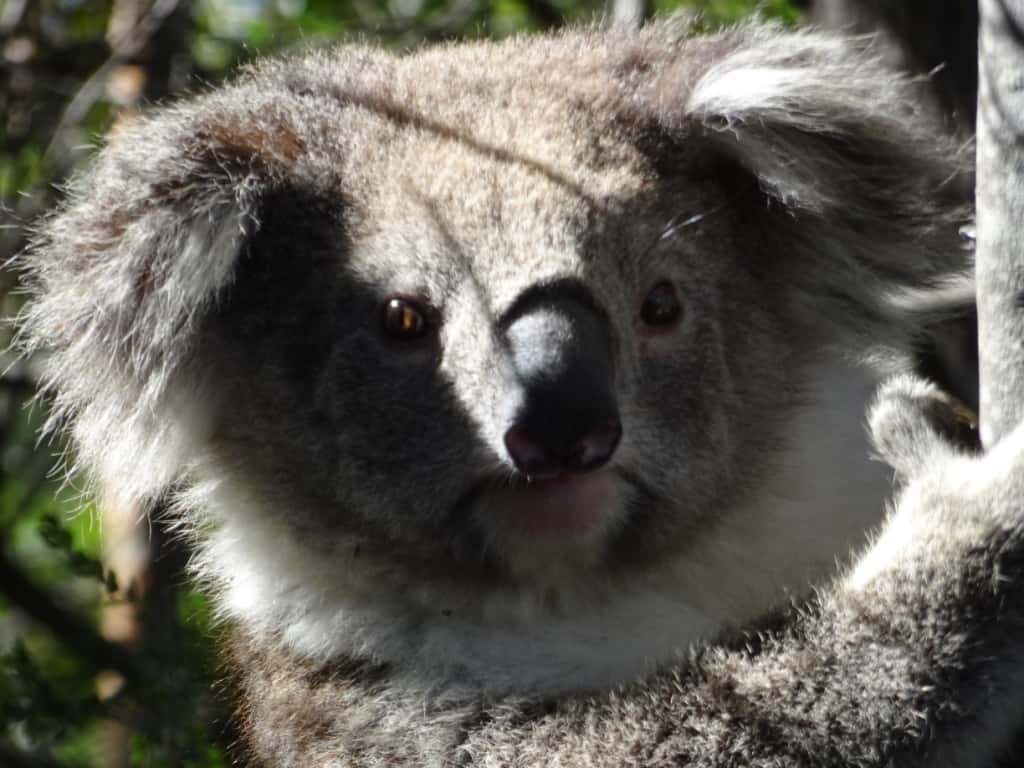
Day Three:
Wait for us Della.
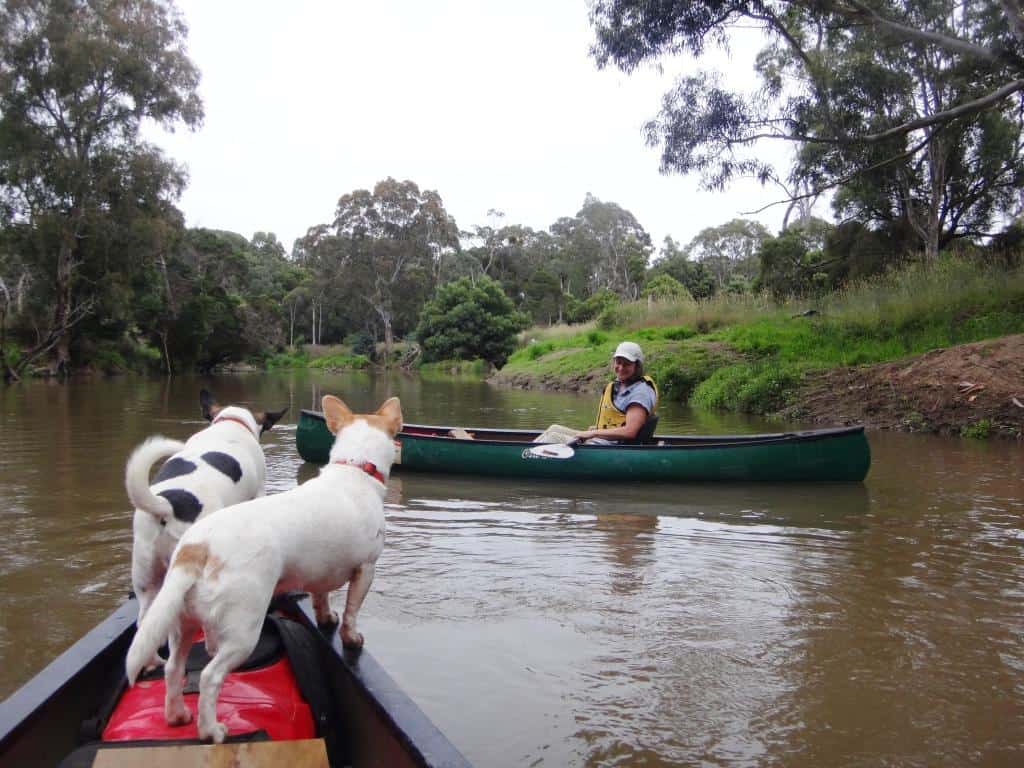
There are so many magnificent gums. Many must also predate European settlement.
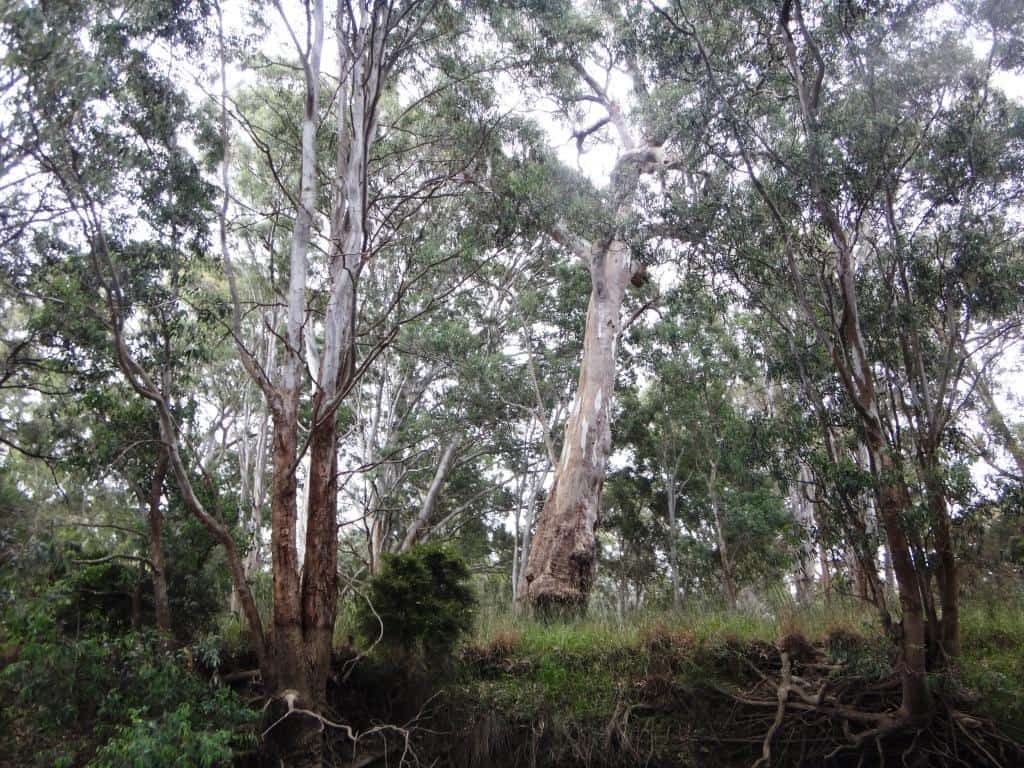
The dogs have scented a hog deer stag which raced us along the bank – too fast for a photo.
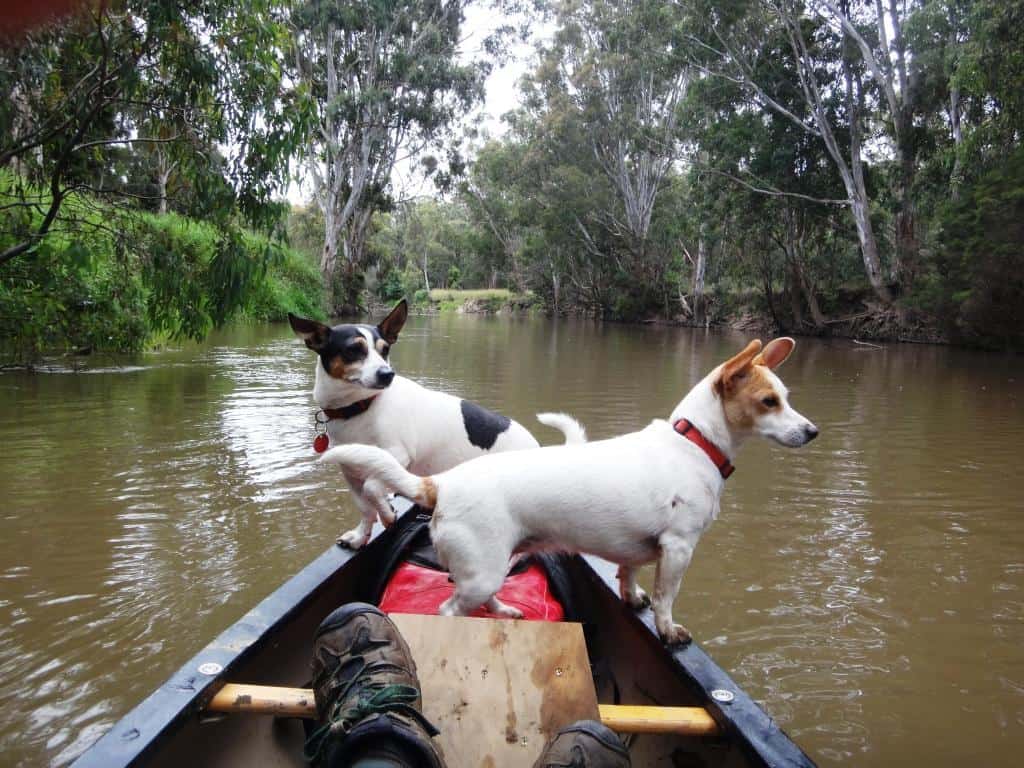
Home to hundreds of generations of cockatoos etc.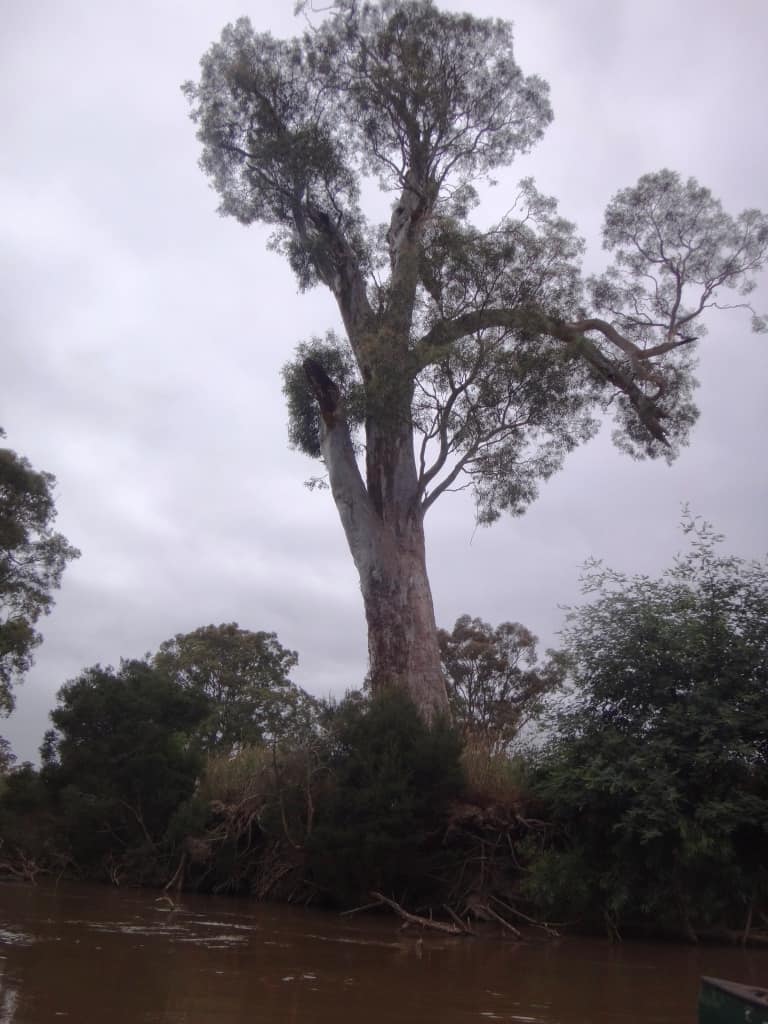
Many of the gums are multi-branched almost as if they were coppiced early in life – perhaps they were.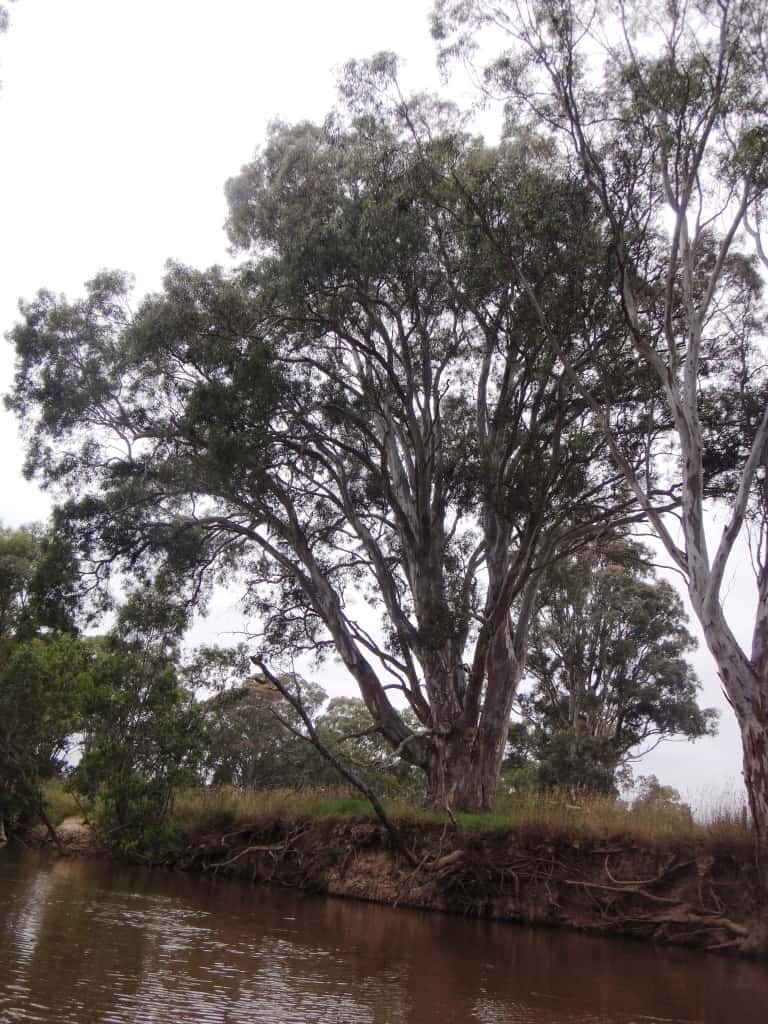
The dogs so enjoy a play on the many sandbars along the way.
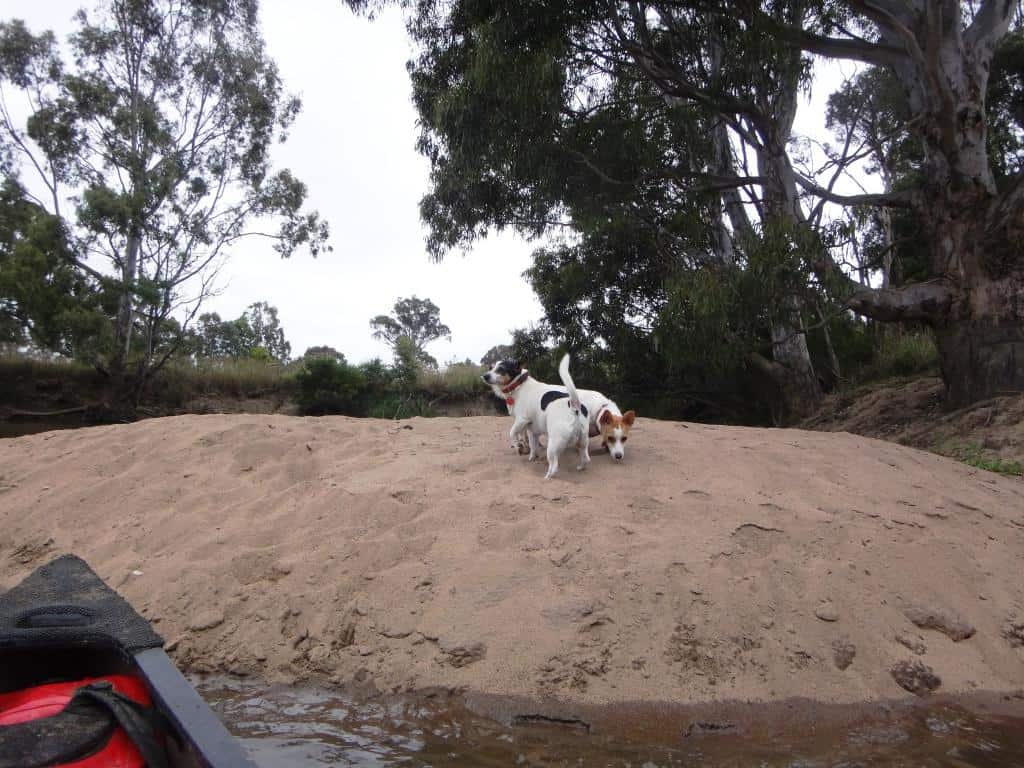
What a magnificent red gum!
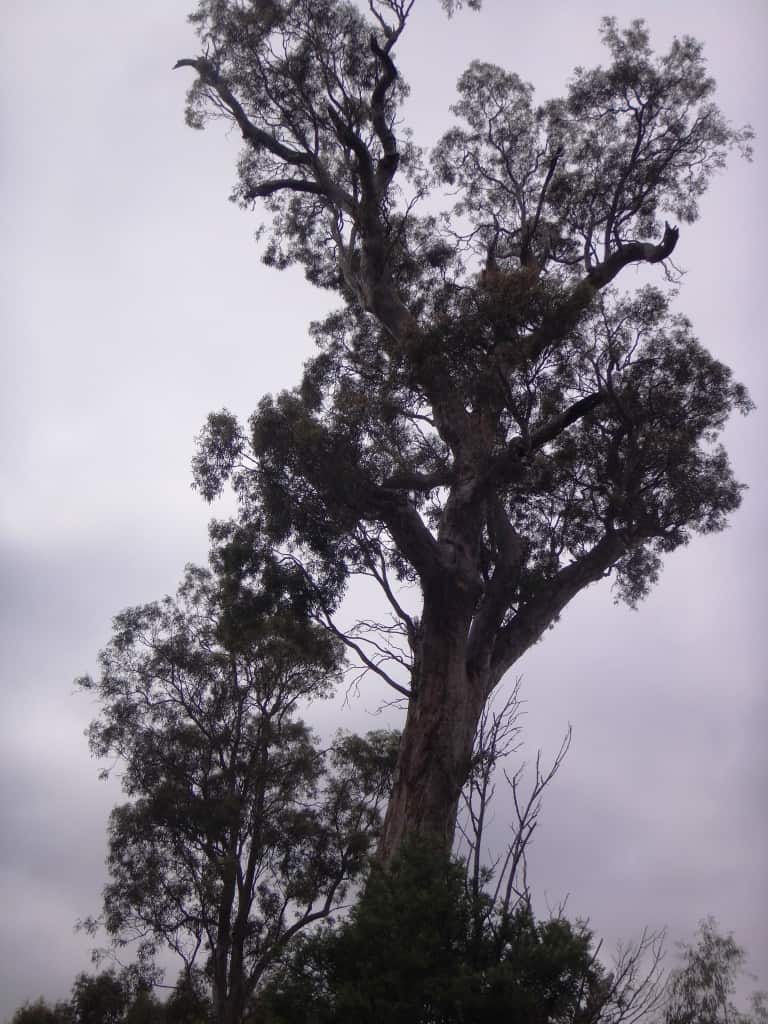
This one certainly predates European settlement – you can see it has been used as a canoe tree, so that it must have been nearly this size perhaps 200+ years ago!
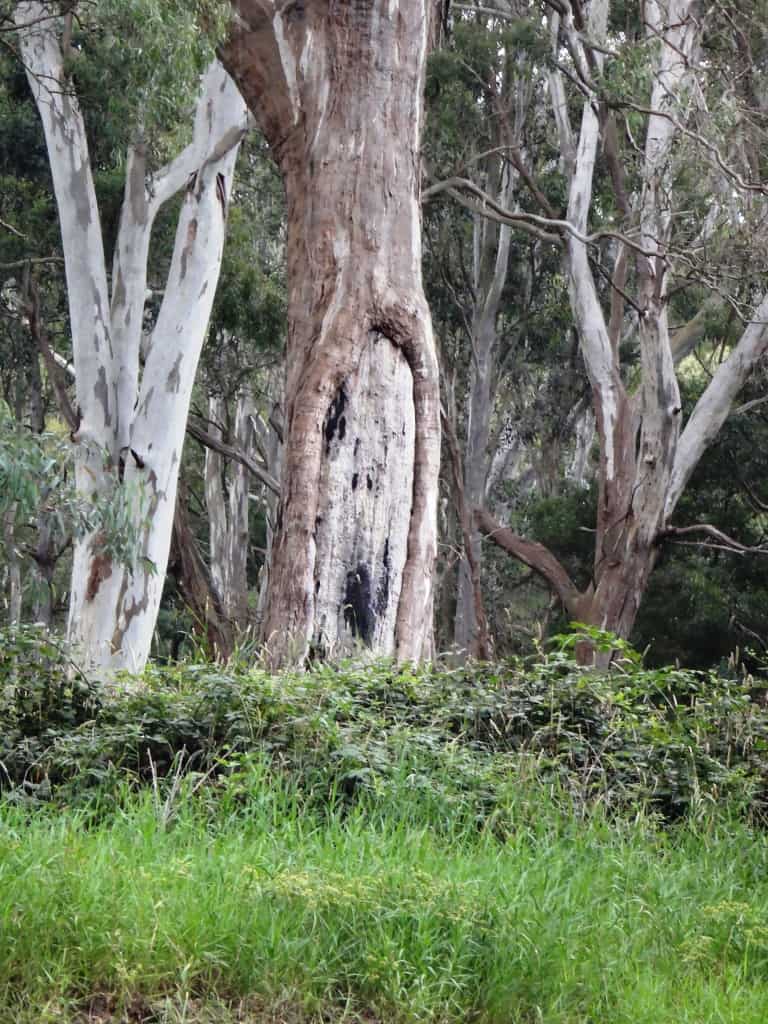
An Azure Kingfisher.
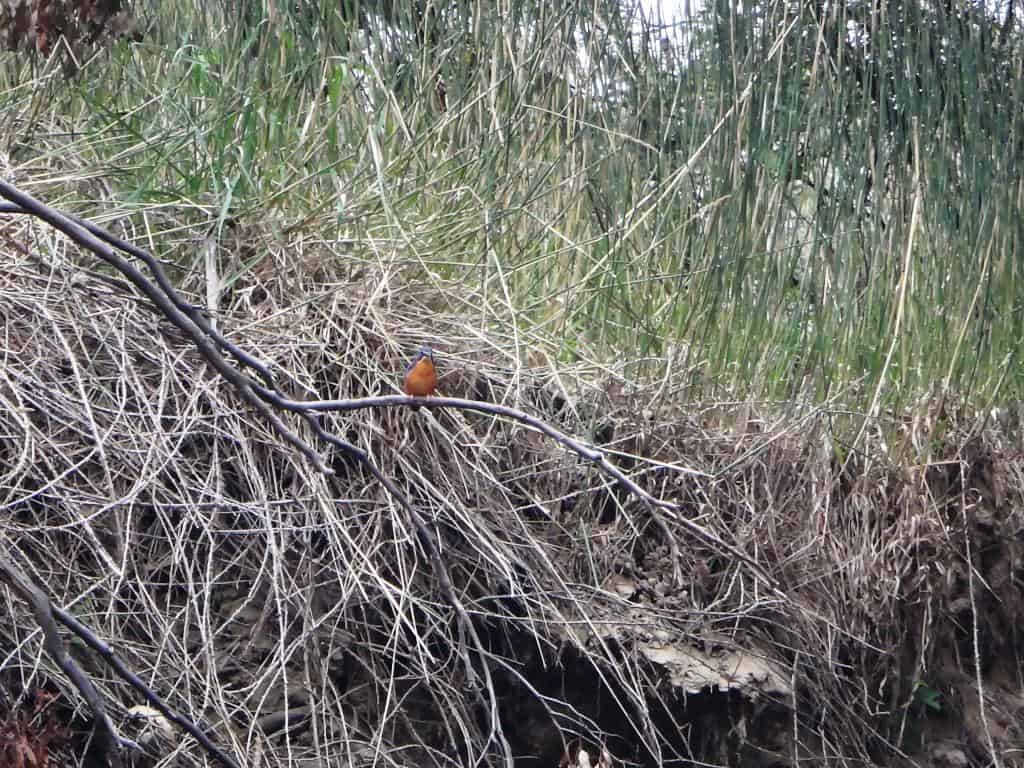
More black ducks.
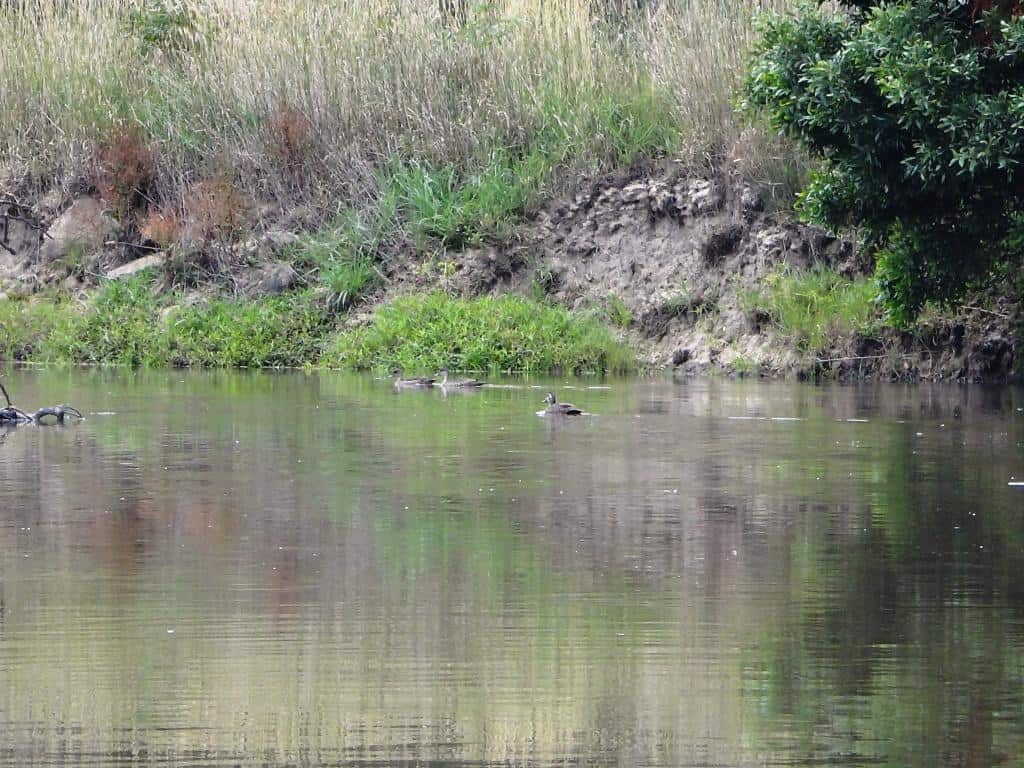
And their ducklings.
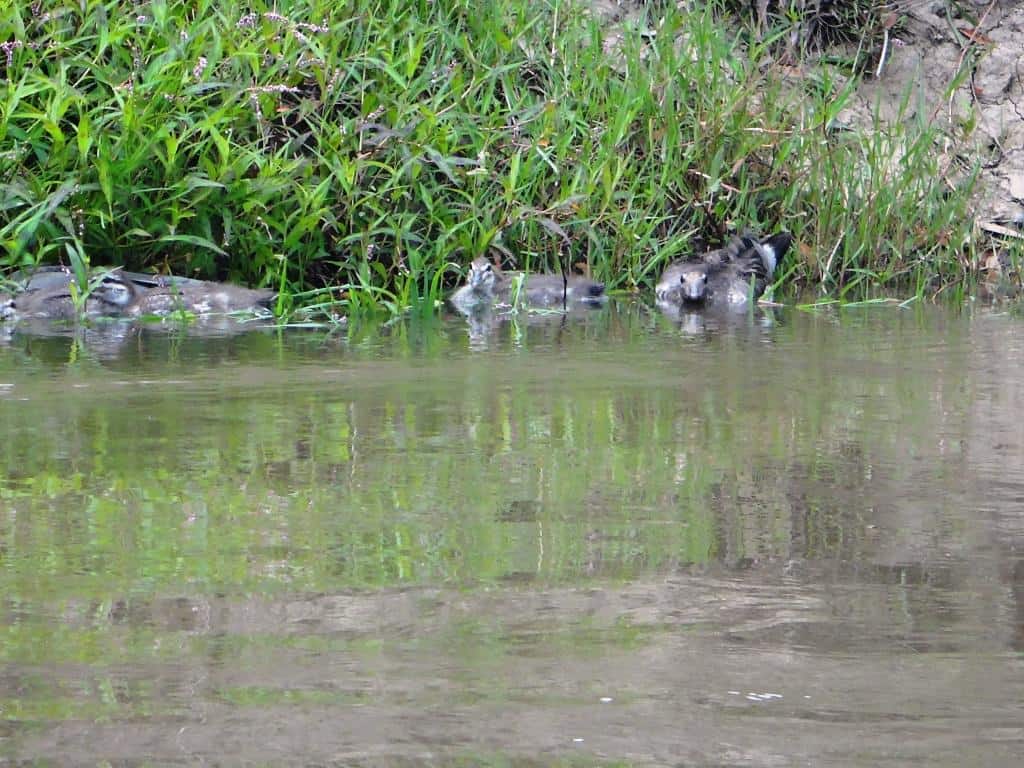
Such a beautiful river.
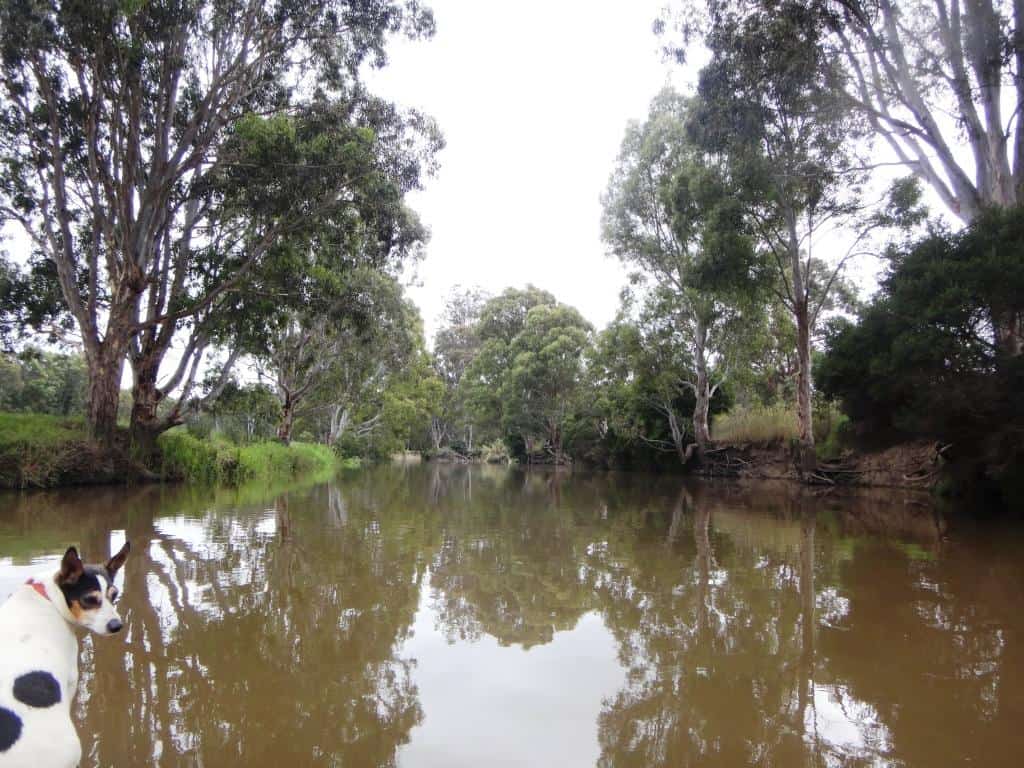
The dogs have scented something again – perhaps a wombat, a kangaroo or a swamp wallaby. There were plenty of all of them.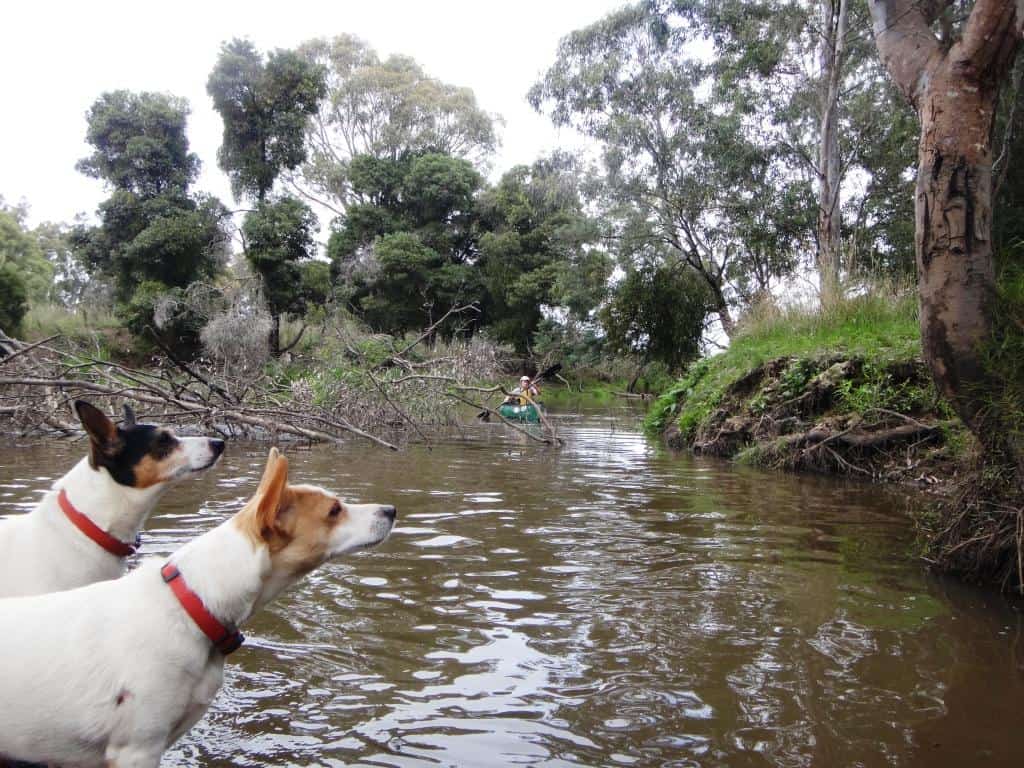
Wild mint and a native solanum.
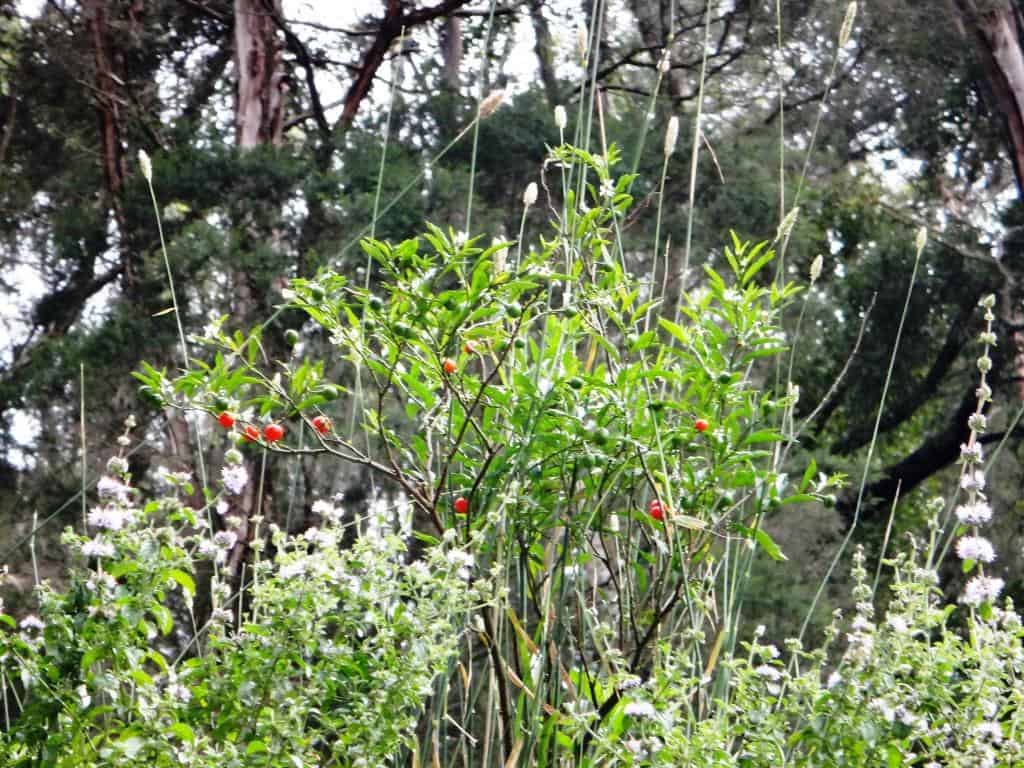
Not all the trees are red gums. There are also box, black wattle, blackwood, tea trees etc.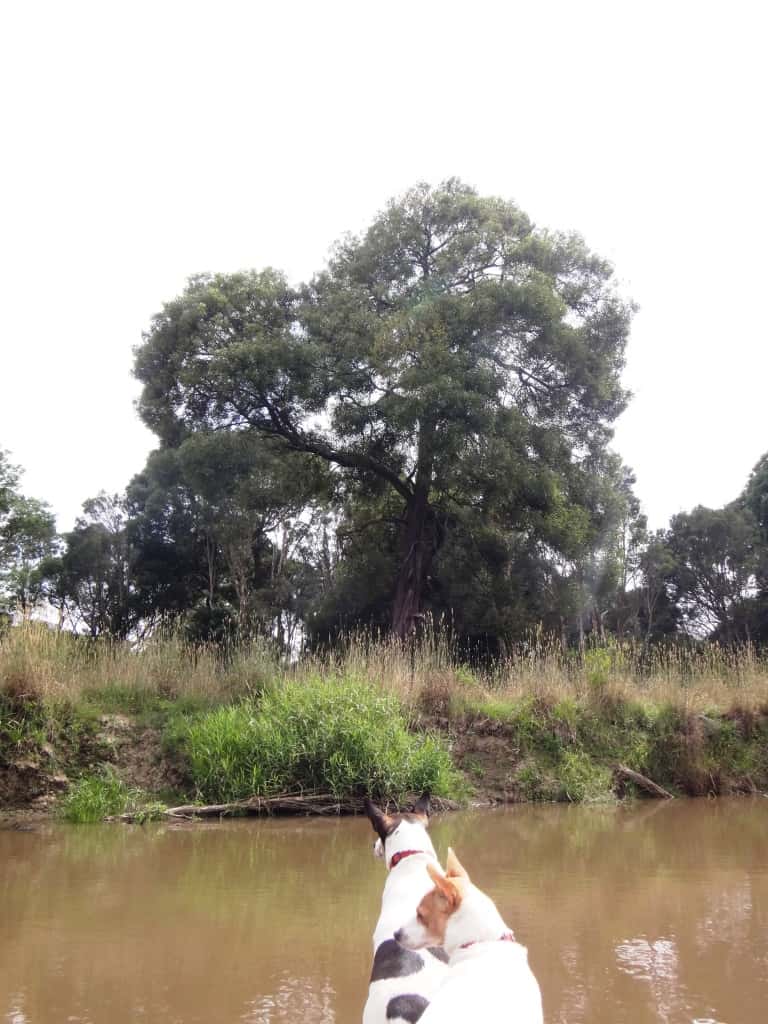
How many creatures has this ancient been home to?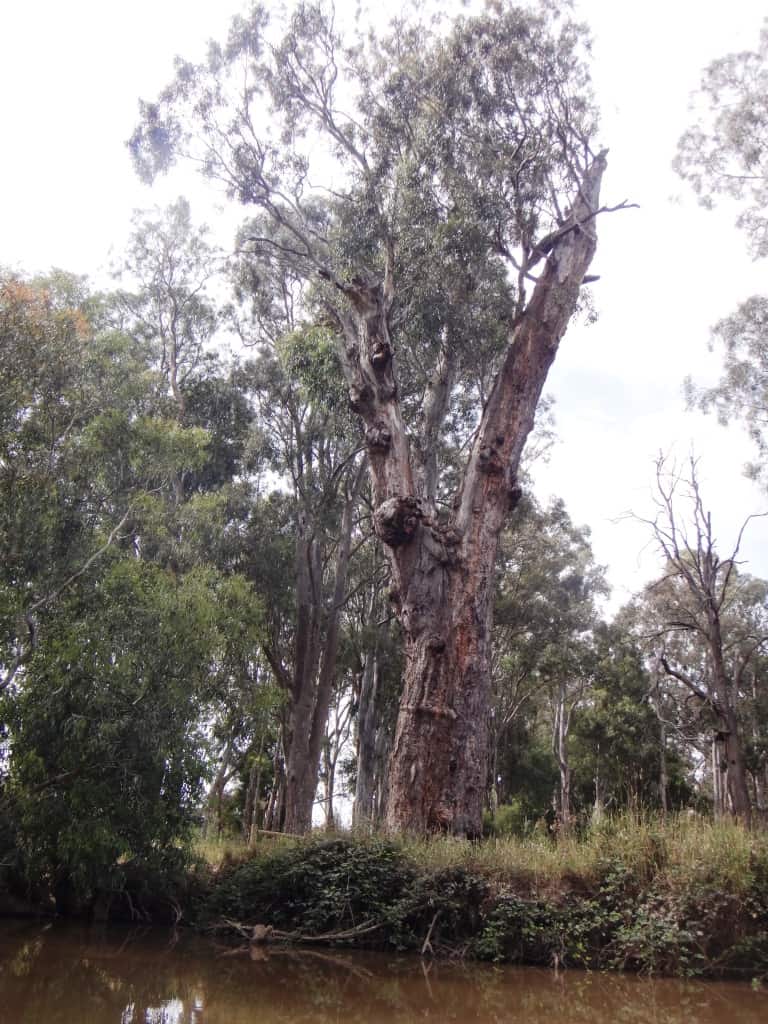
A rare photo of me – that beard does need a trim.
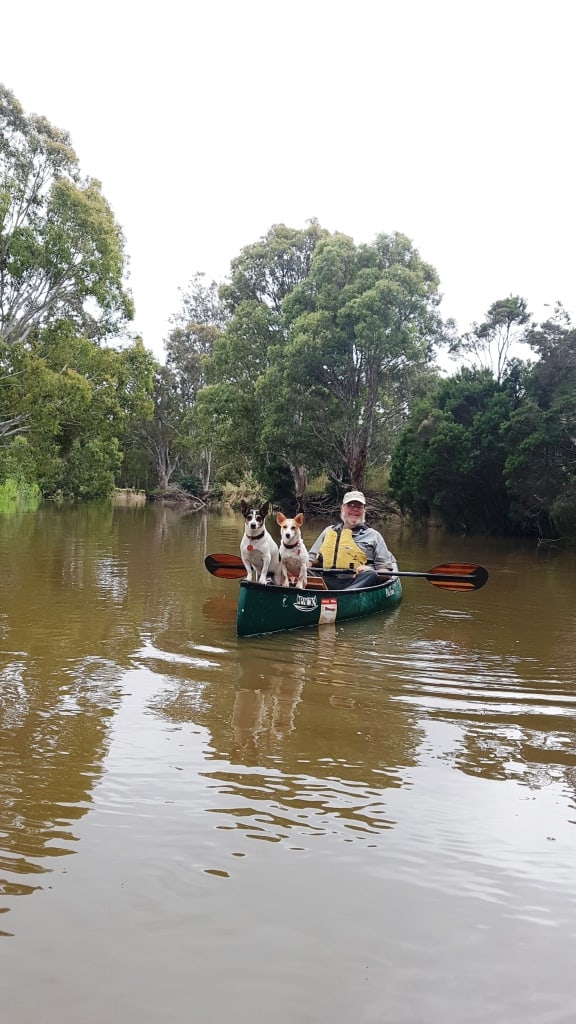
What a great spot for a barbecue.
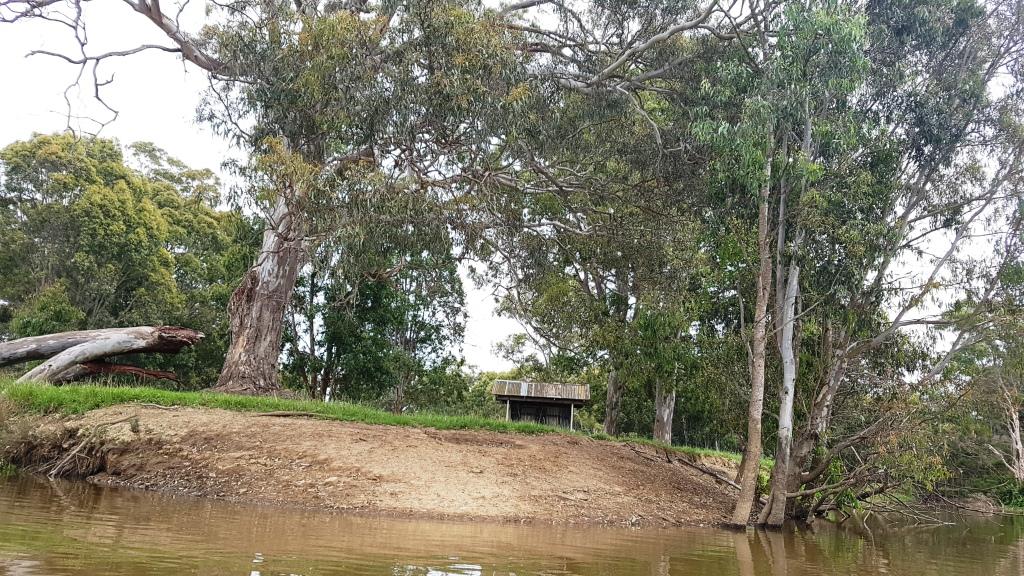
Just before the river ‘junction’ you start to see quite a jungle of tea trees.
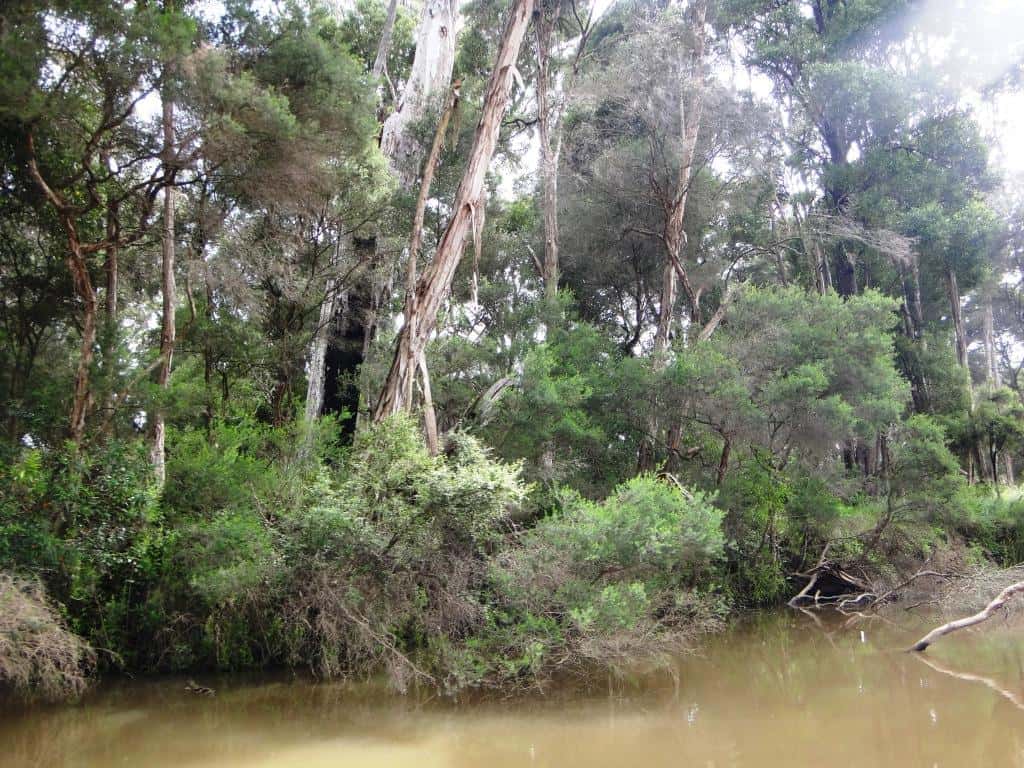
This is the ‘junction’. Straight ahead is a large billabong, to the right is the main course of the river. The billabong encircles a large island in the river (right of photo) Be Warned: This is the last place (for 2 + hours) you can get out of the boats or camp.
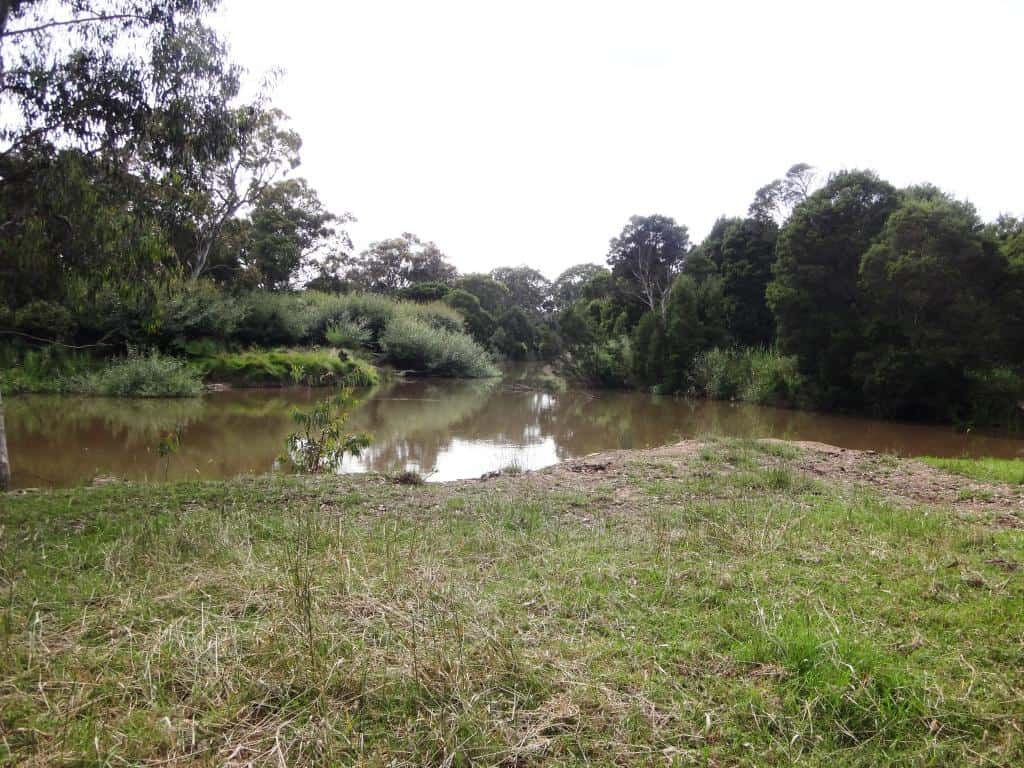
It has an excellent picnic table amongst the gums, as you can see.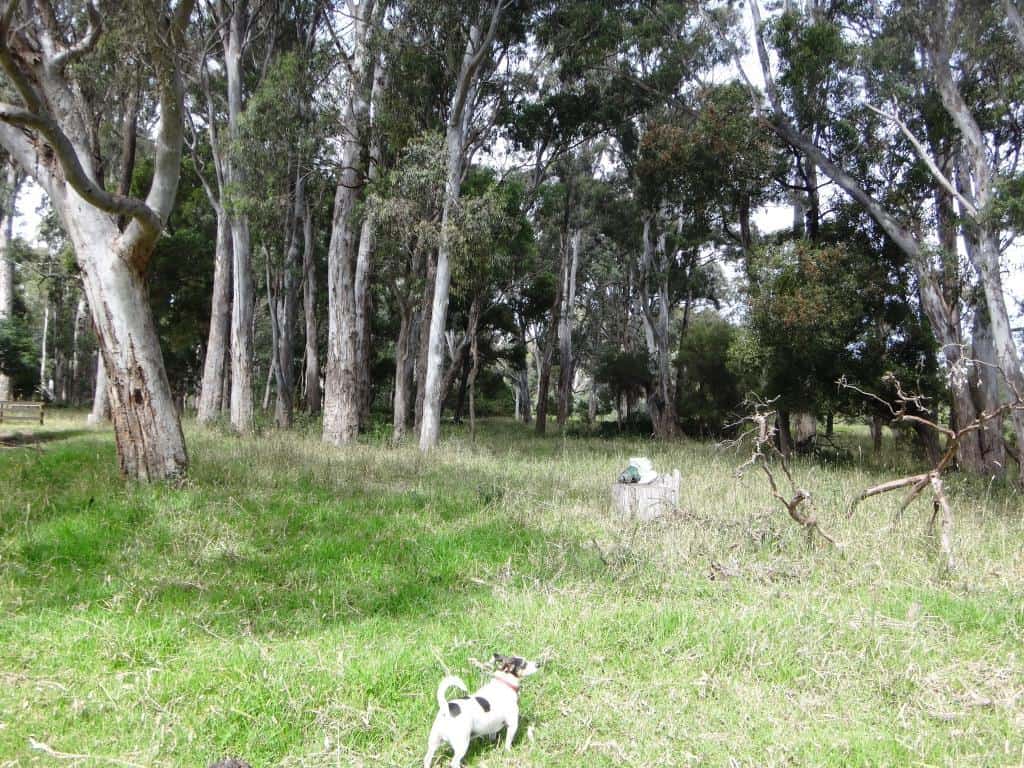
Last night we were serenaded by koalas and all but deafened by these guys – sulphur-crested cockatoos.
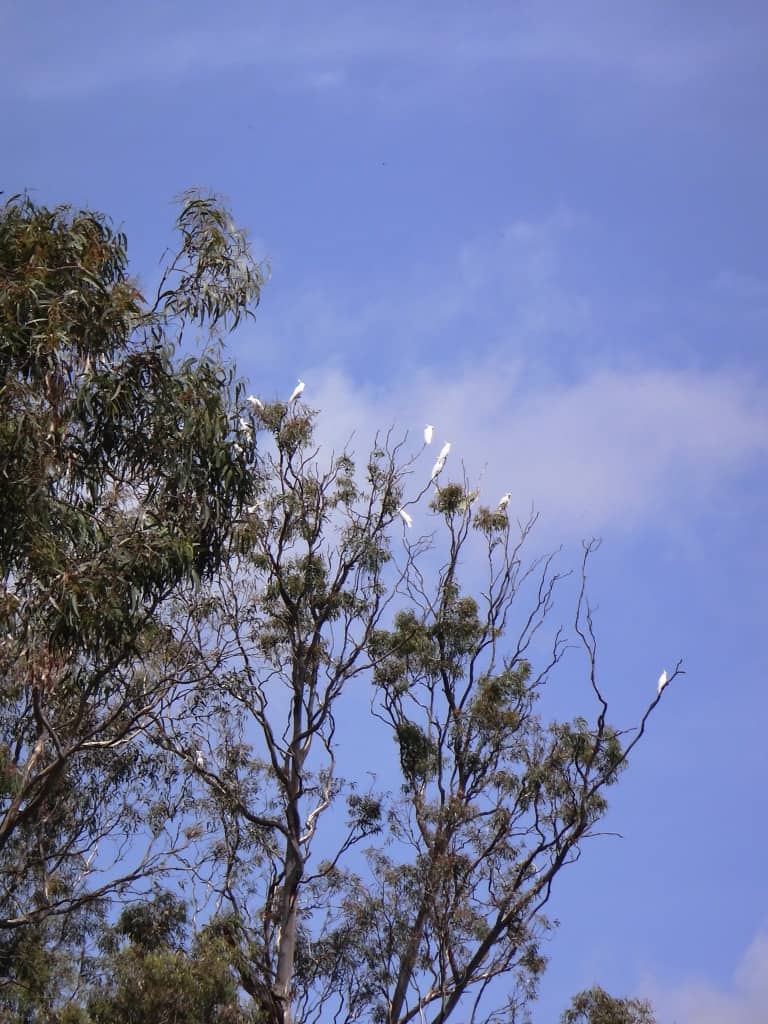
This is the view looking back up that billabong where we stopped for a picnic lunch. This island (left of photo) in the river must be several hundred hectares. it is over a kilometre long. At present there is waist high grass with many animal tracks. Probably many hog deer here, but they would be invisible.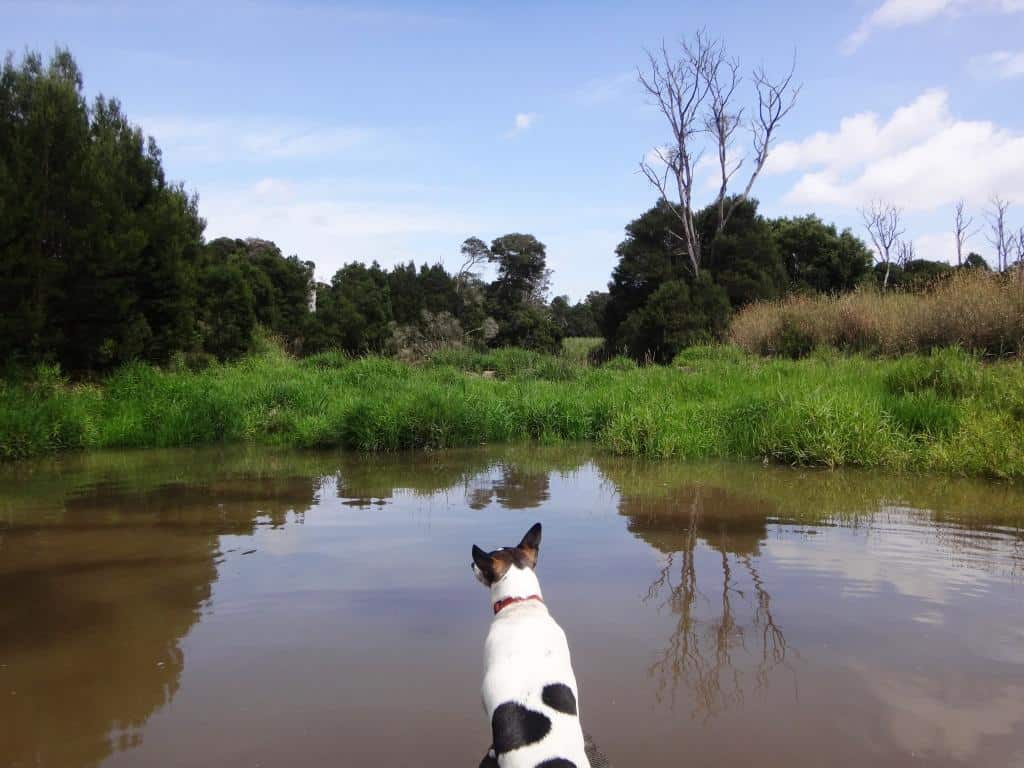
Fallen trees make for quite a number of narrow passages and at least two portages.
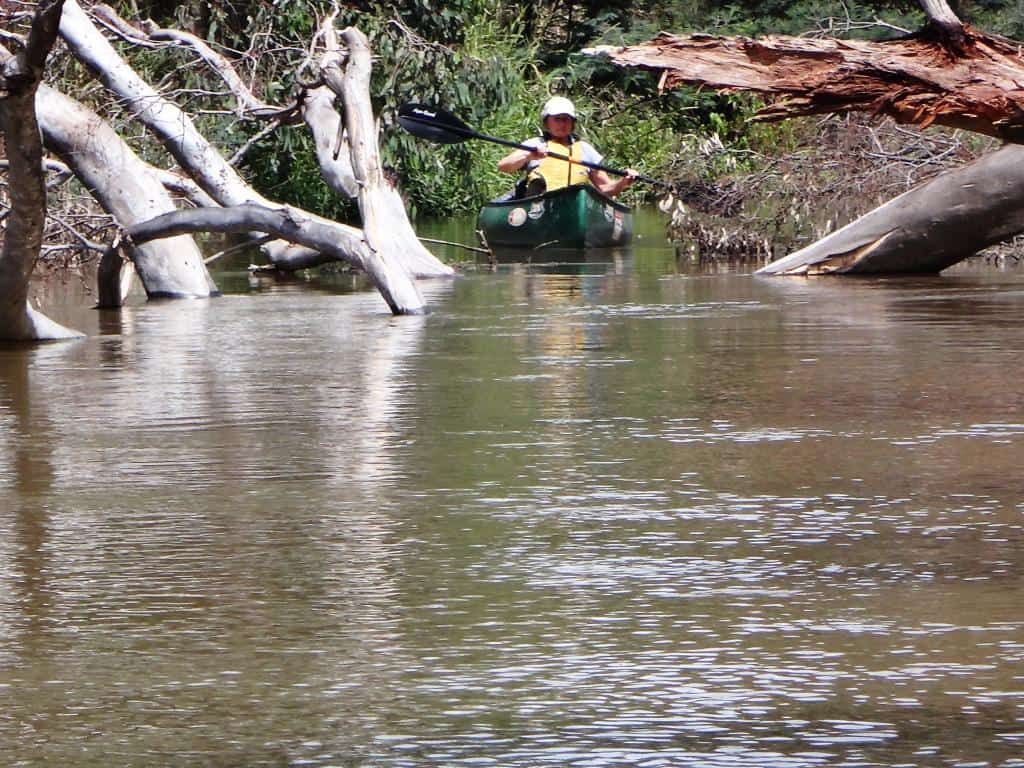
A brace of wood ducks explode off the river.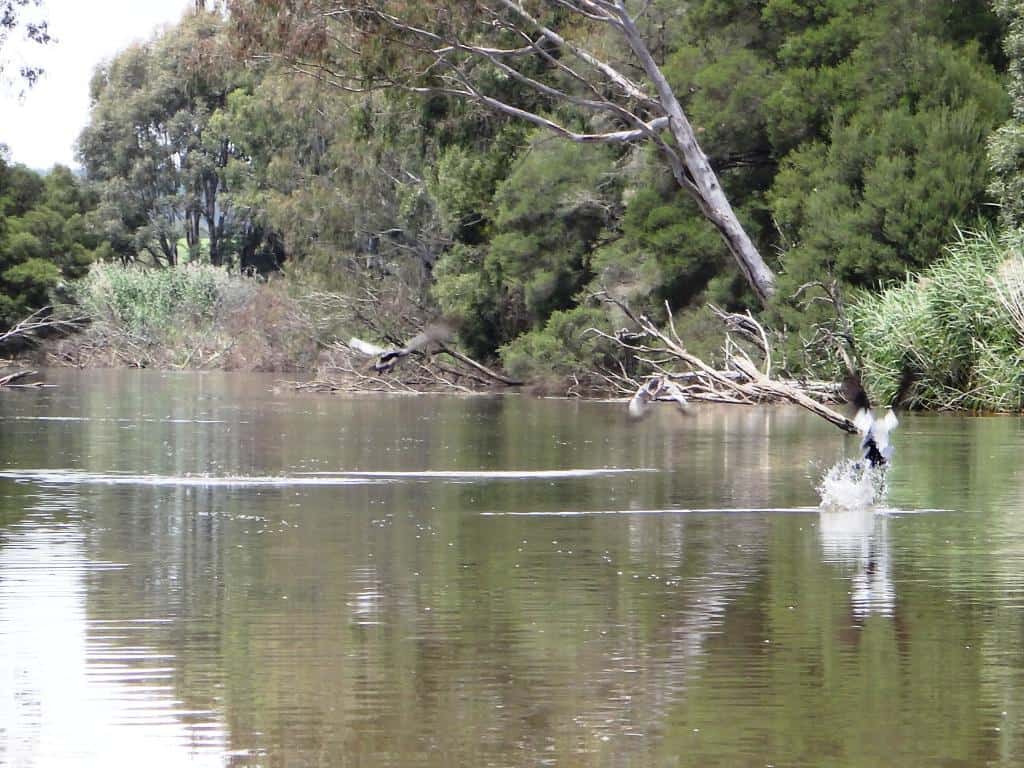
Life will find a way.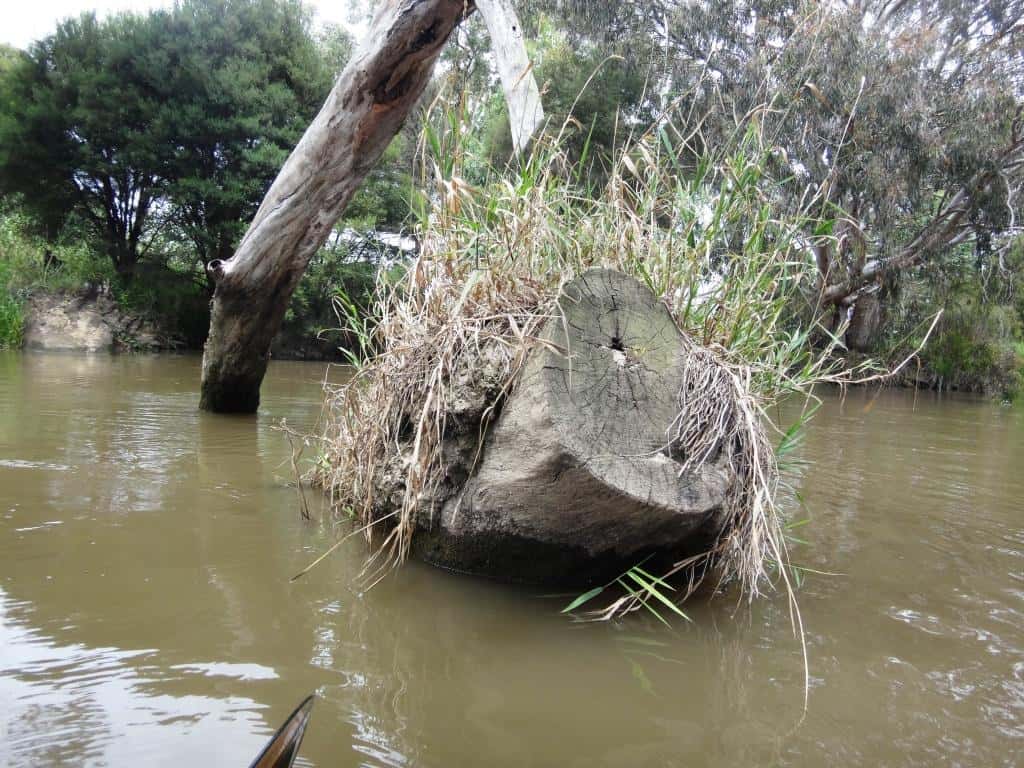
A placid scene of cattle in the shade of magnificent gums.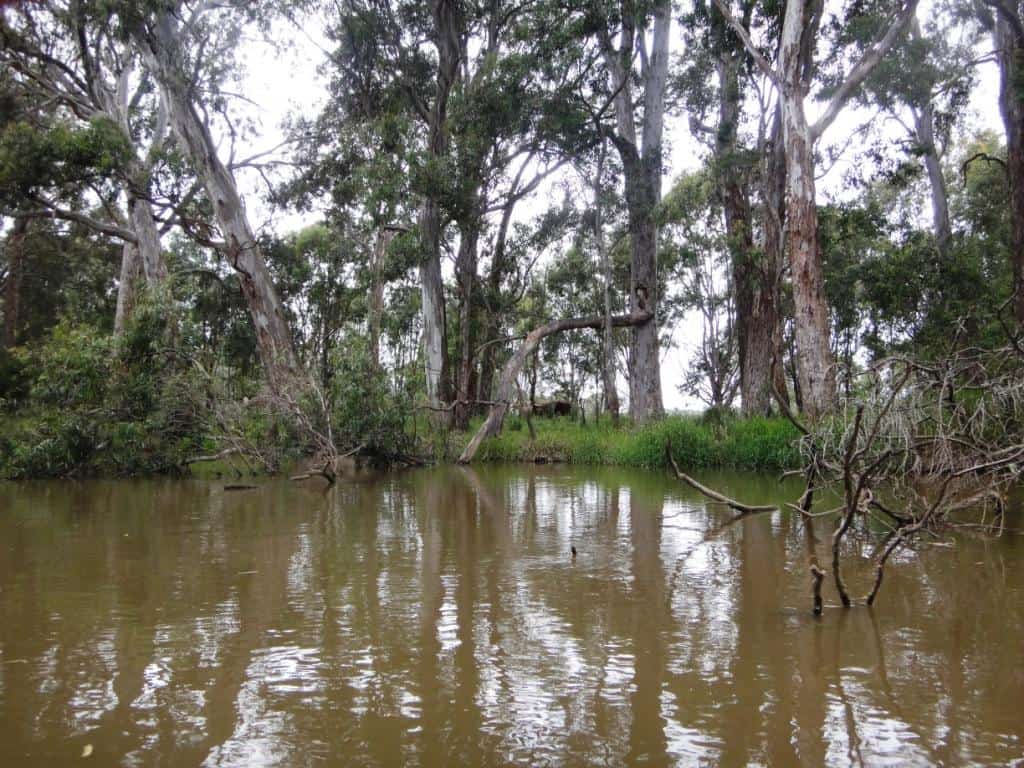
I just love the silhouette of fisher birds on dead trees. here a shag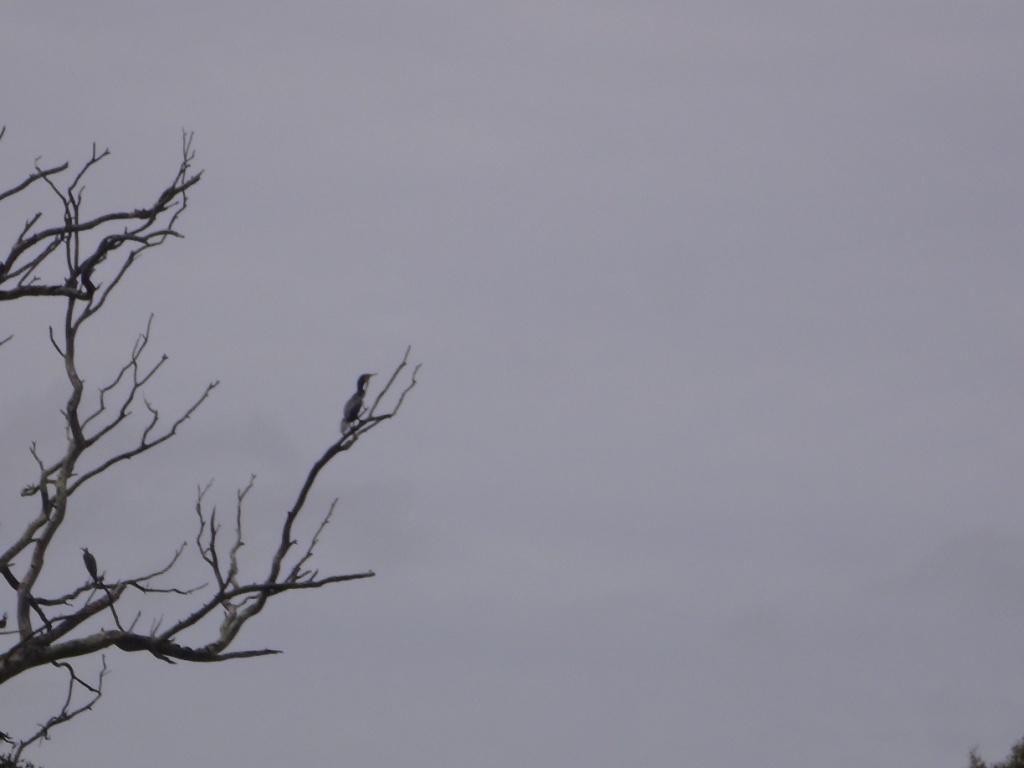
Here an ibis.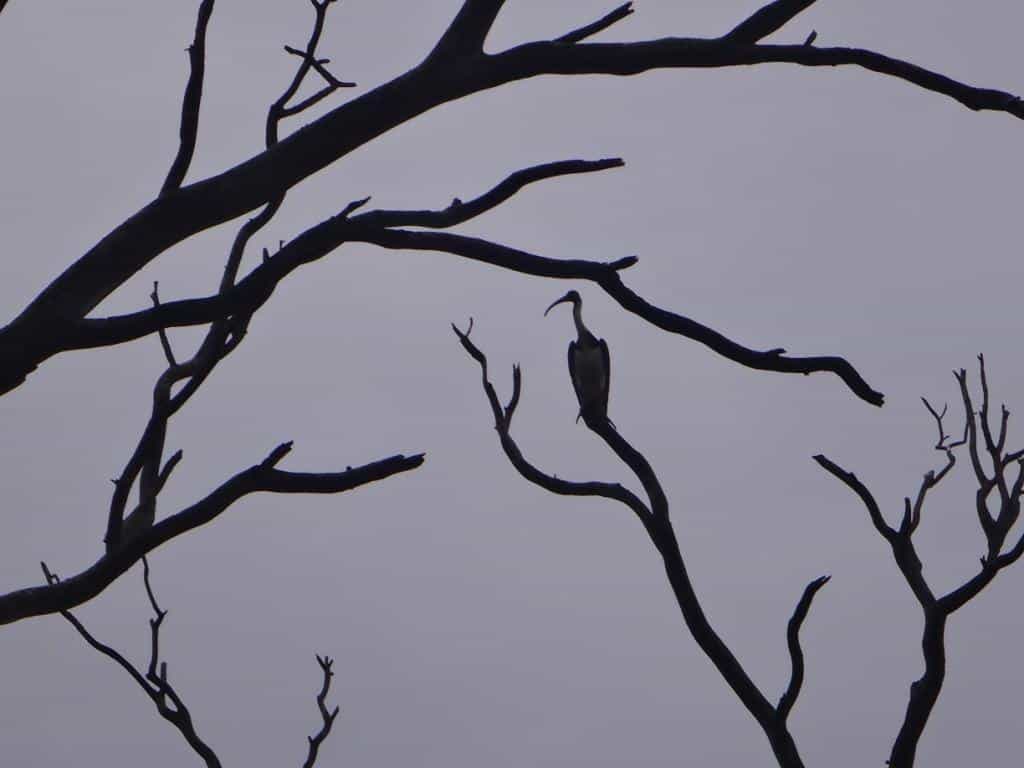
Here an ibis and a heron.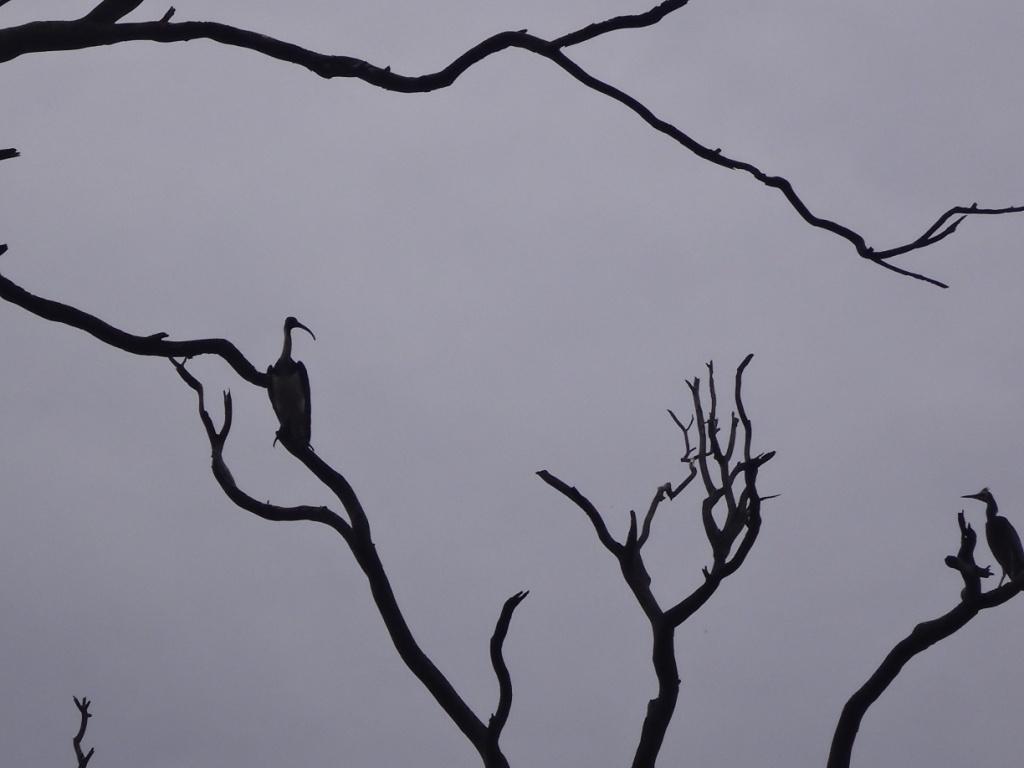
This shag was so full of fish he could not fly. On the right of the picture is the Latrobe River road bridge. You get out just (100 metres?) below it also on the right.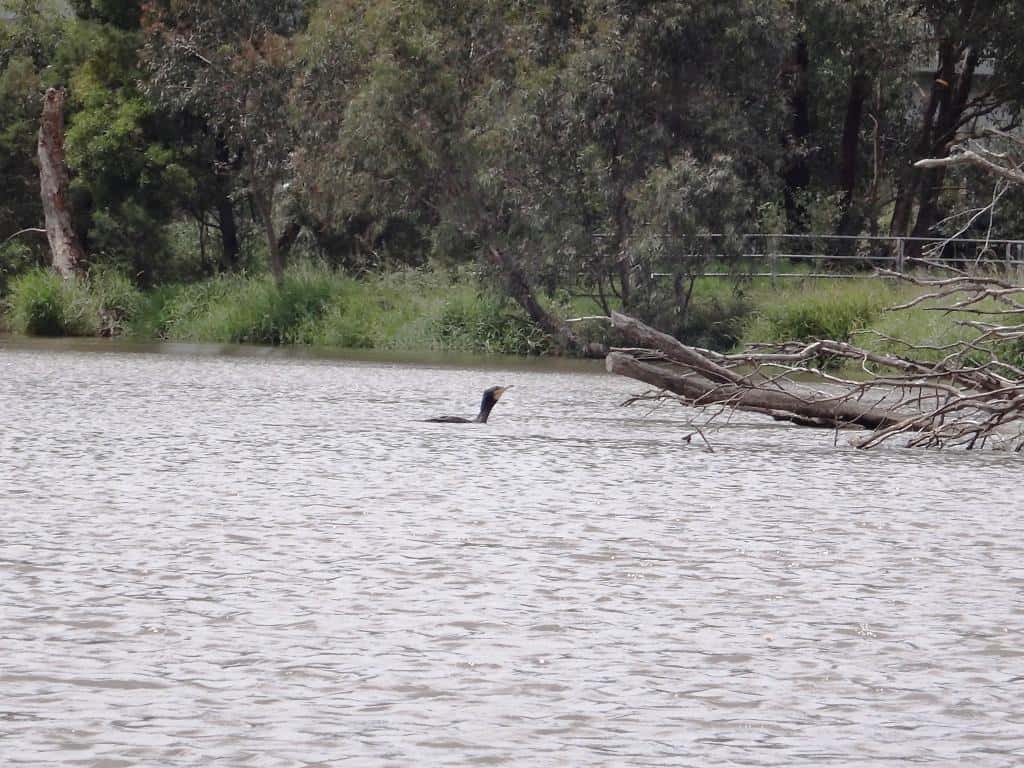
See Also:
Another great river adventure here: Fourteen Days of White Water
River Heights: http://www.bom.gov.au/cgi-bin/wrap_fwo.pl?IDV60154.html
https://www.theultralighthiker.com/2015/03/10/water-filter/
https://www.theultralighthiker.com/2015/10/21/sawyer-water-filter/
